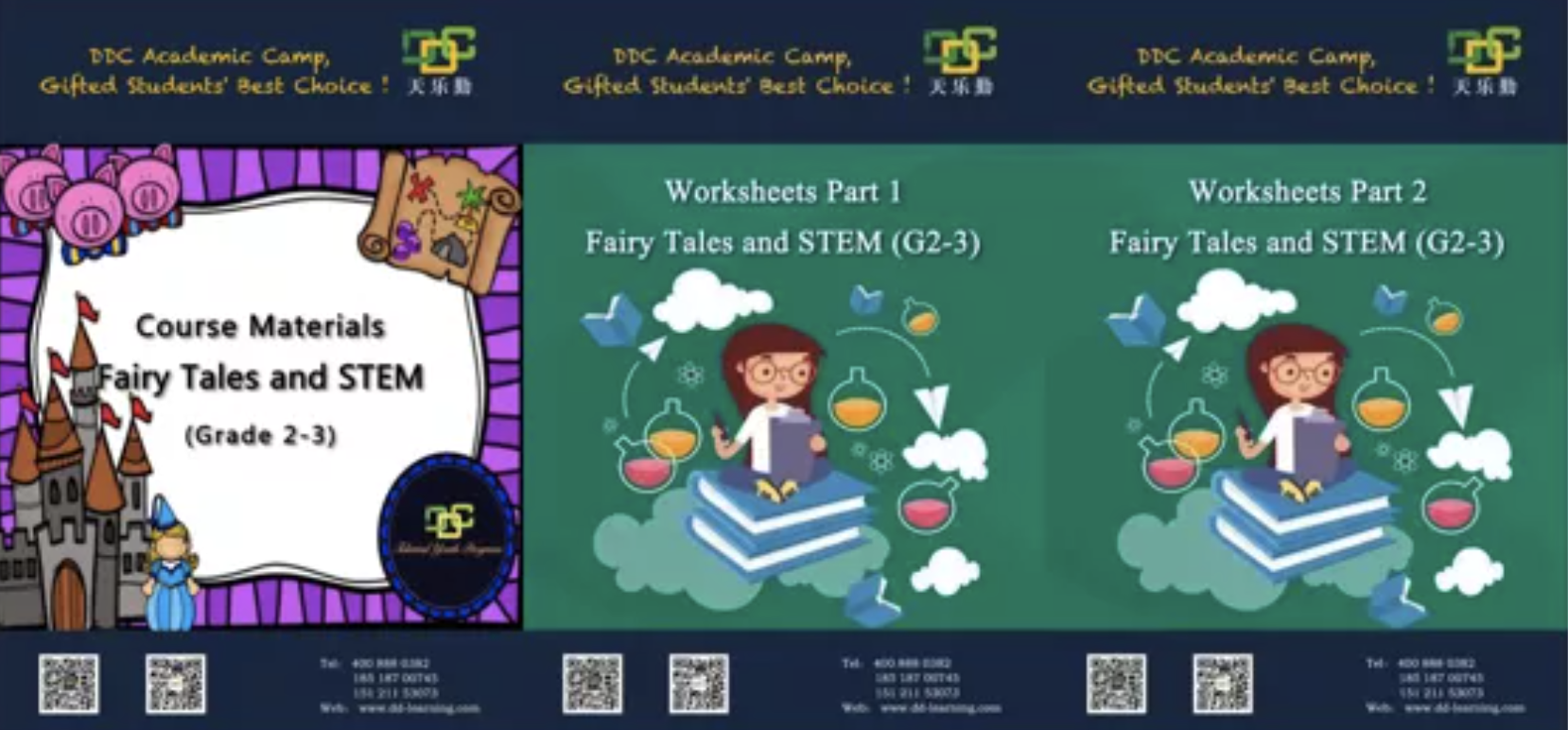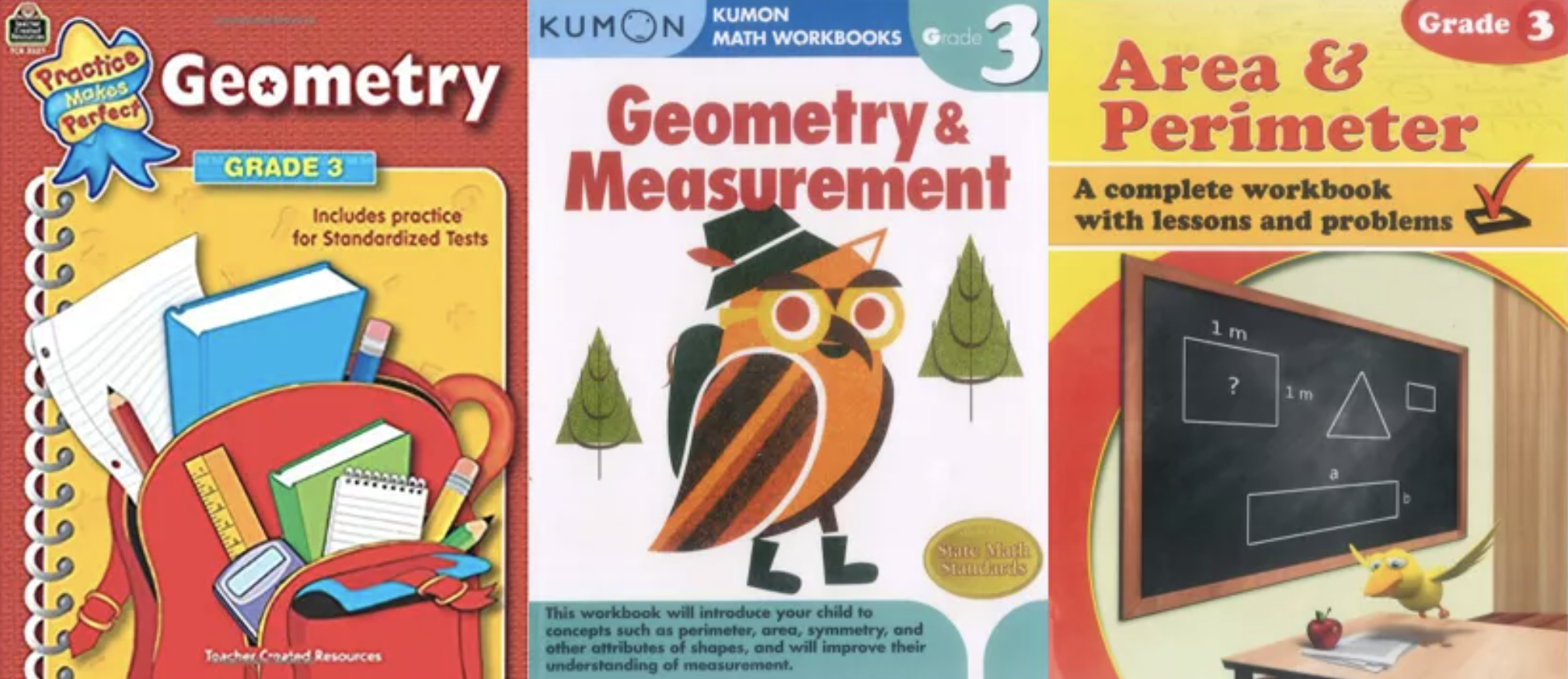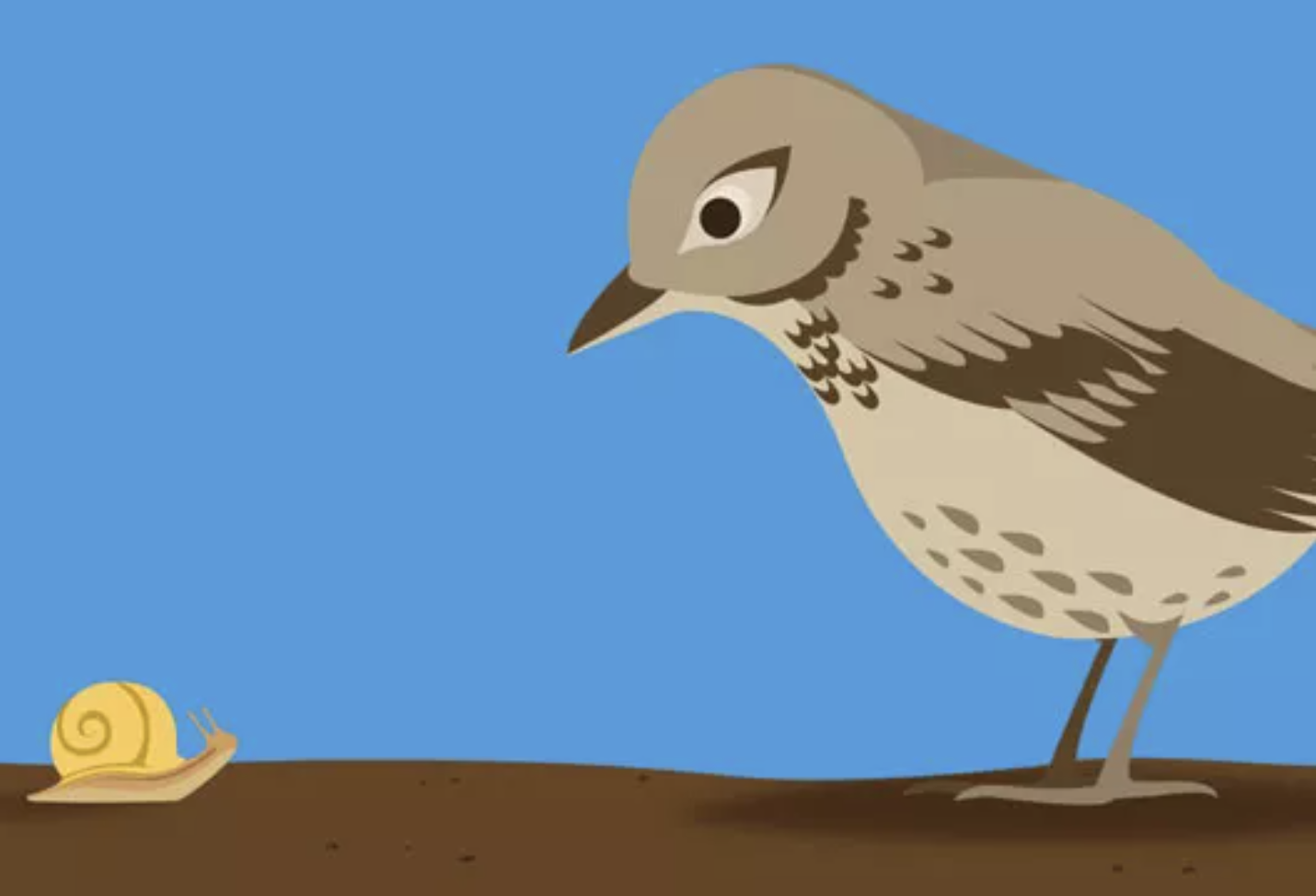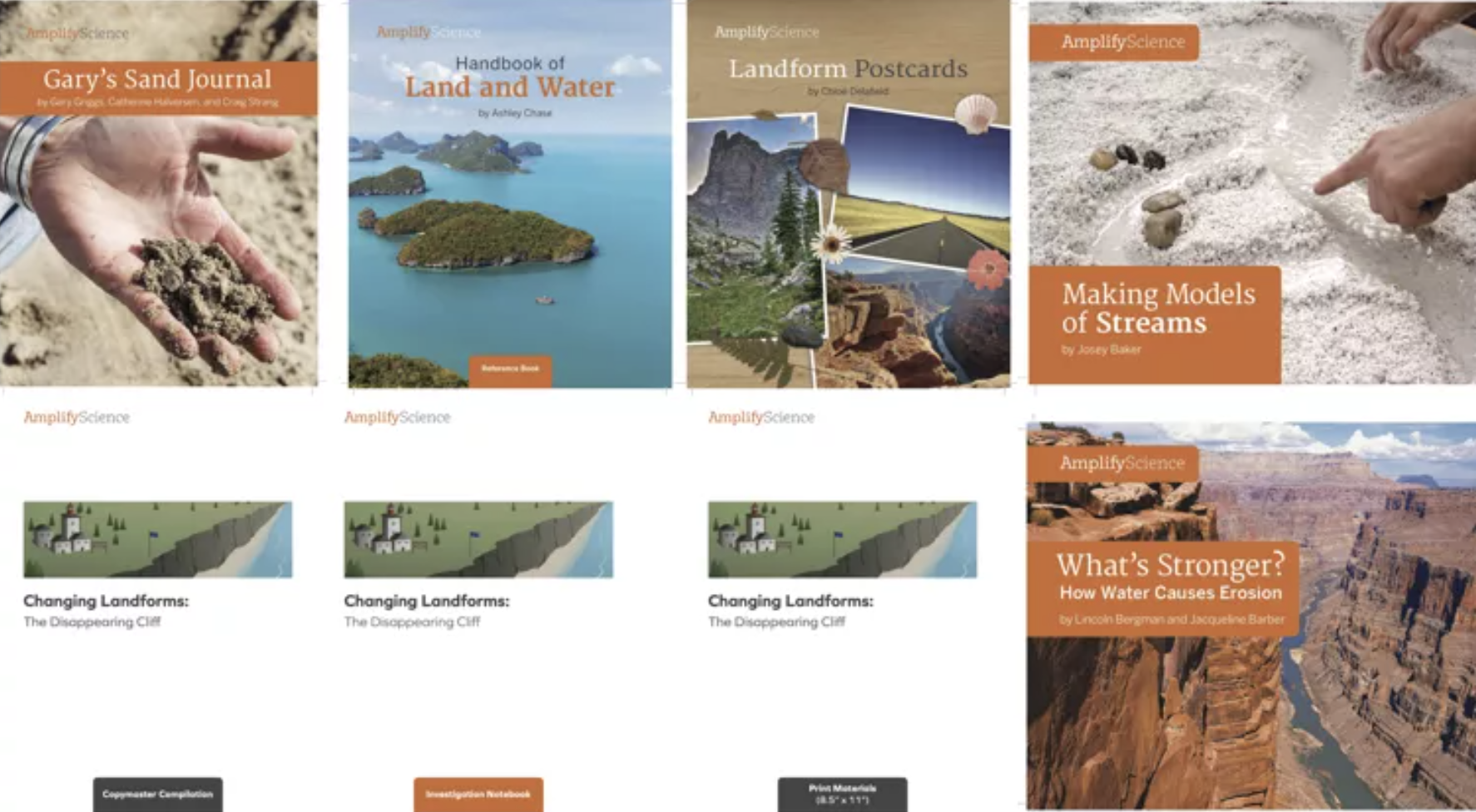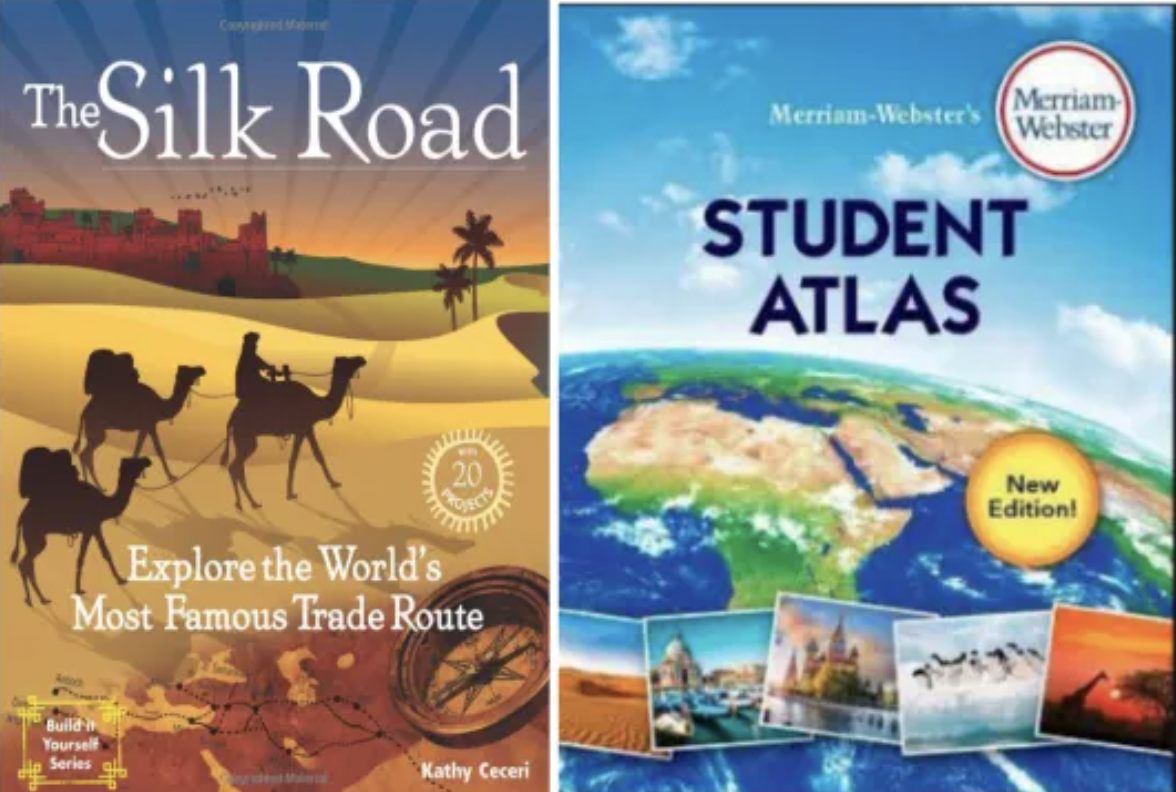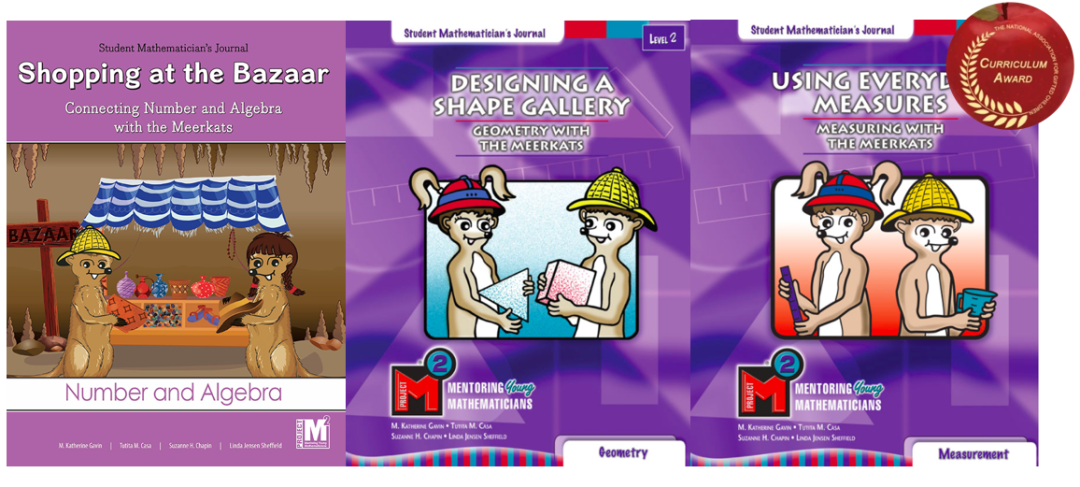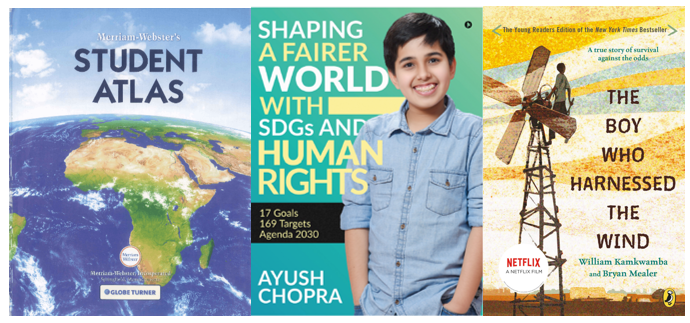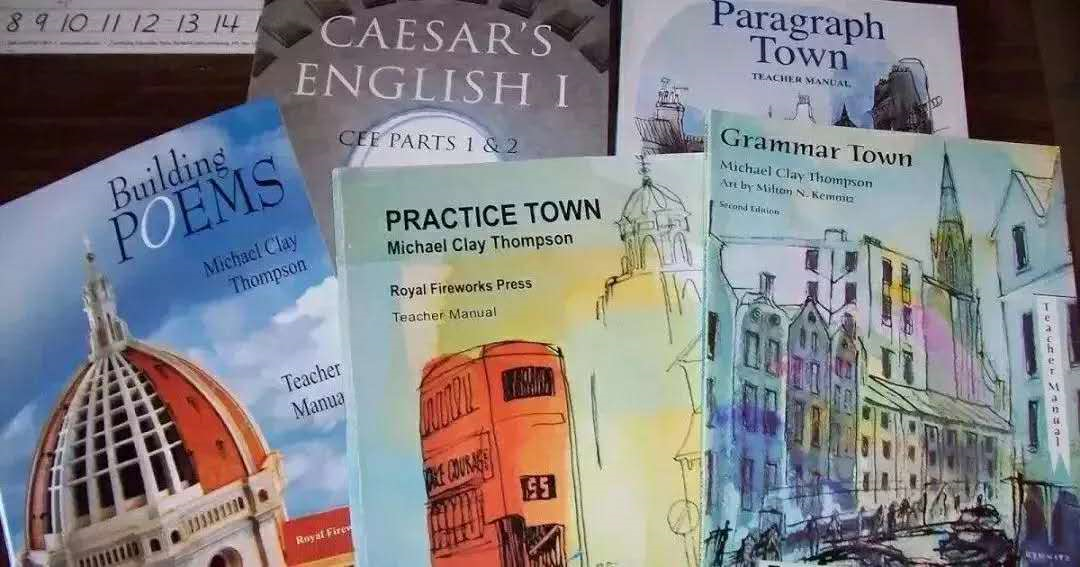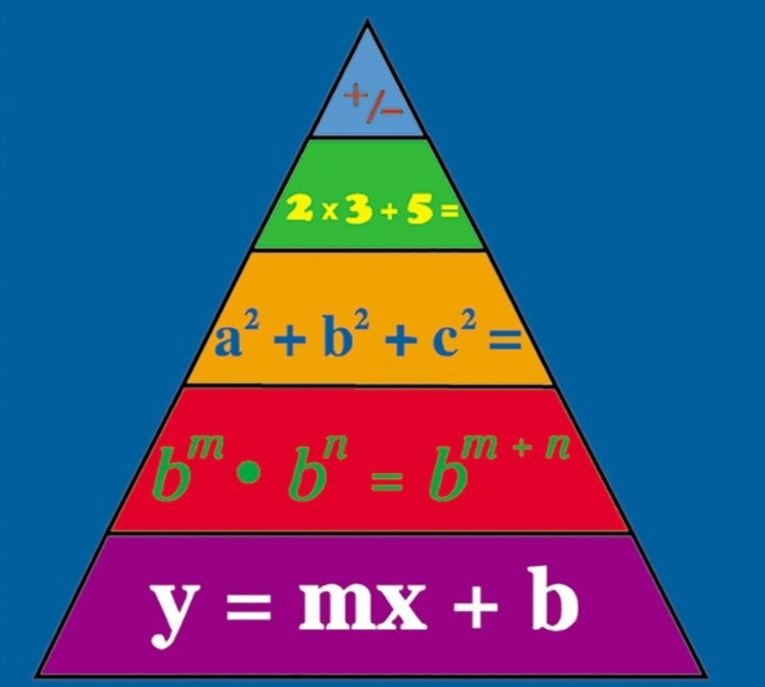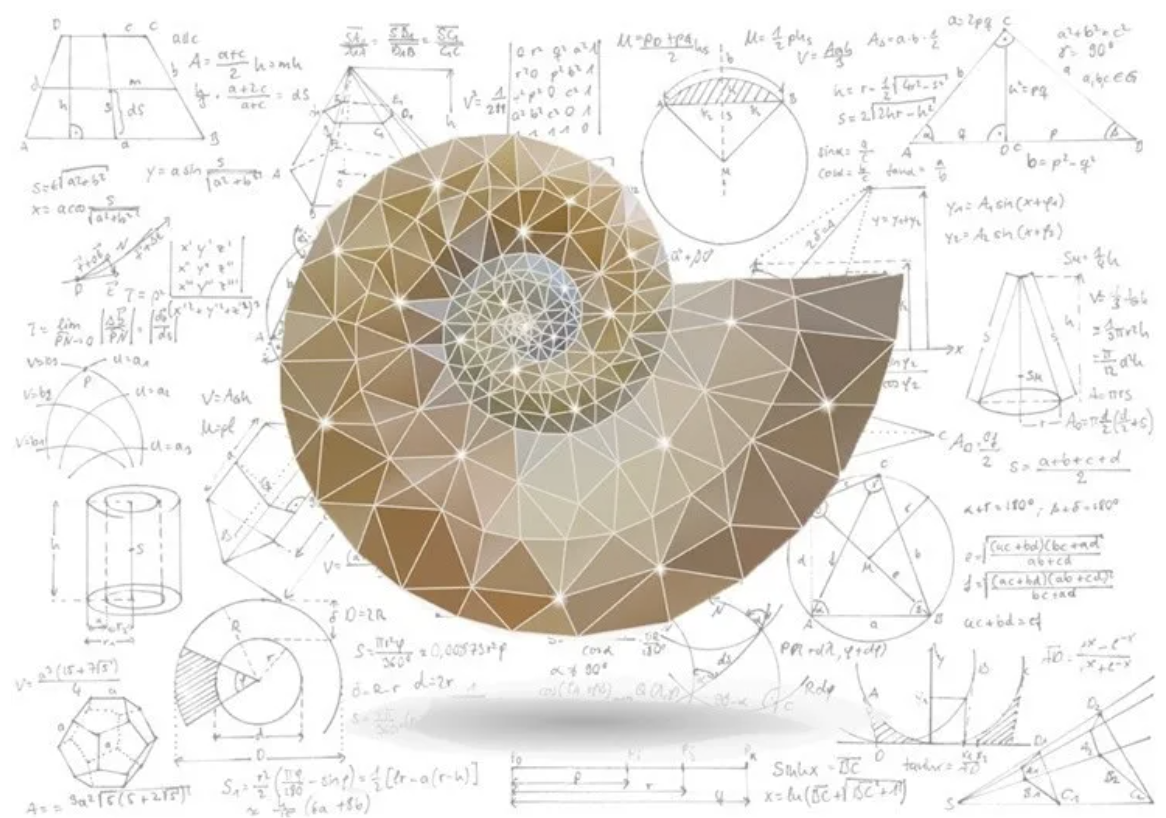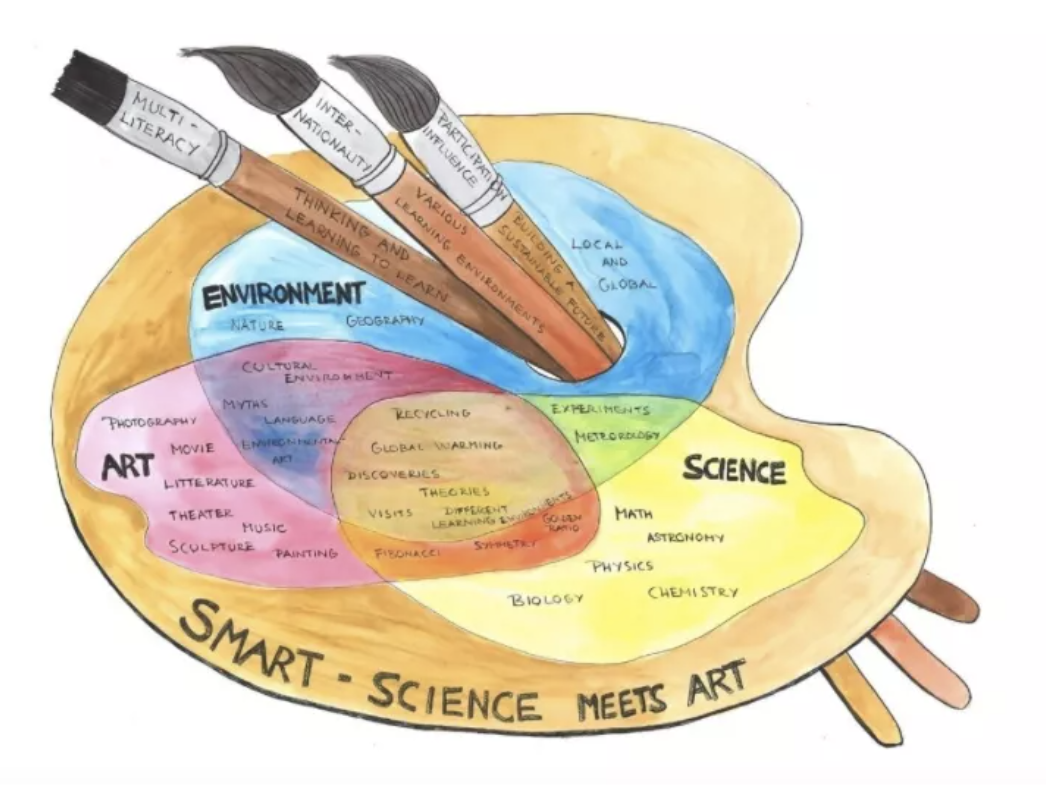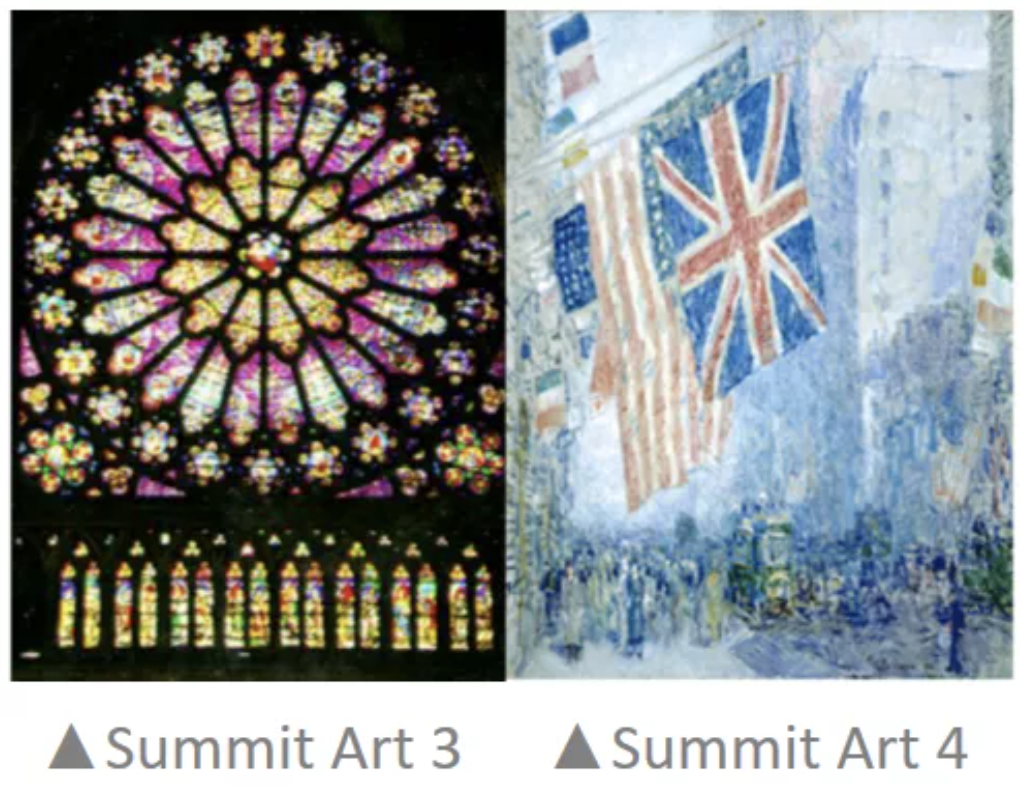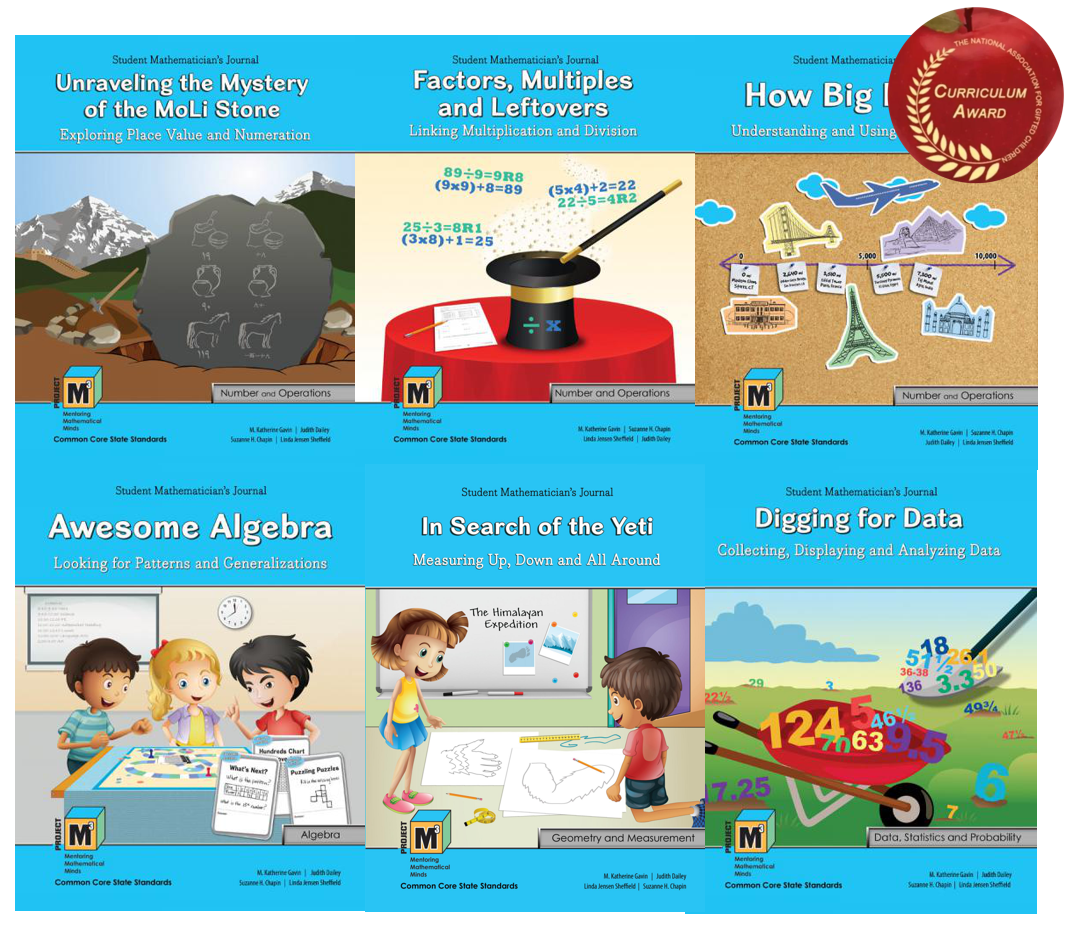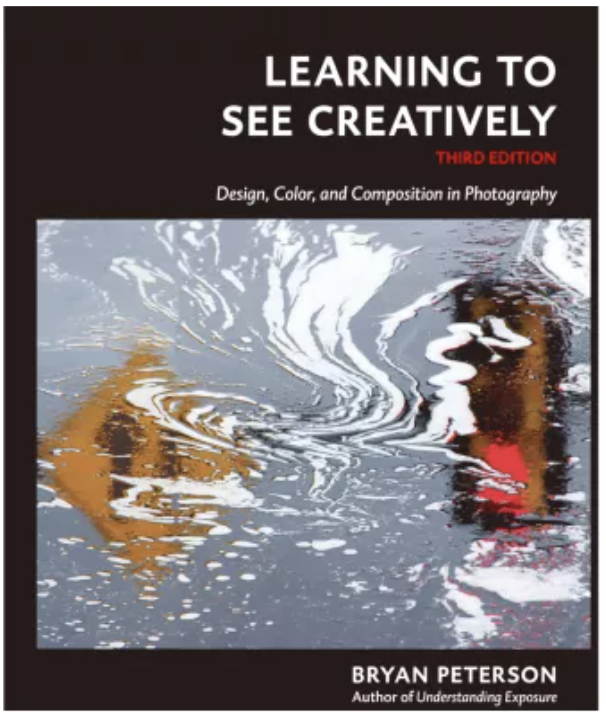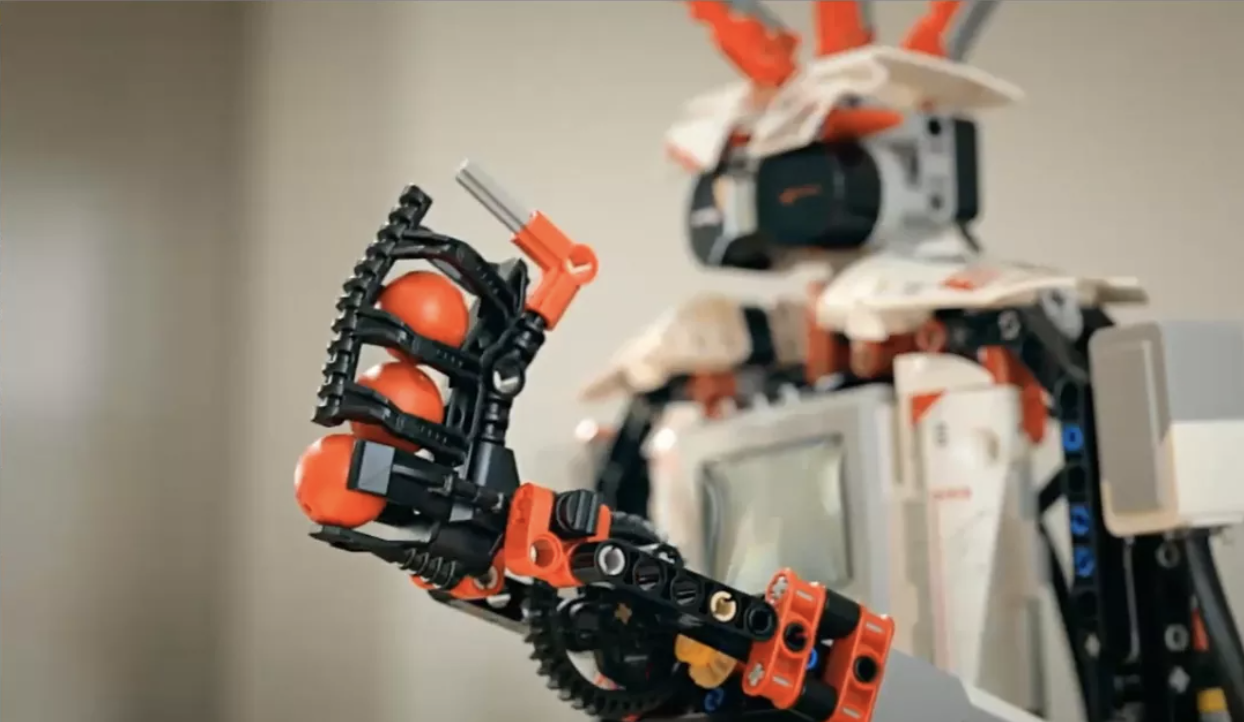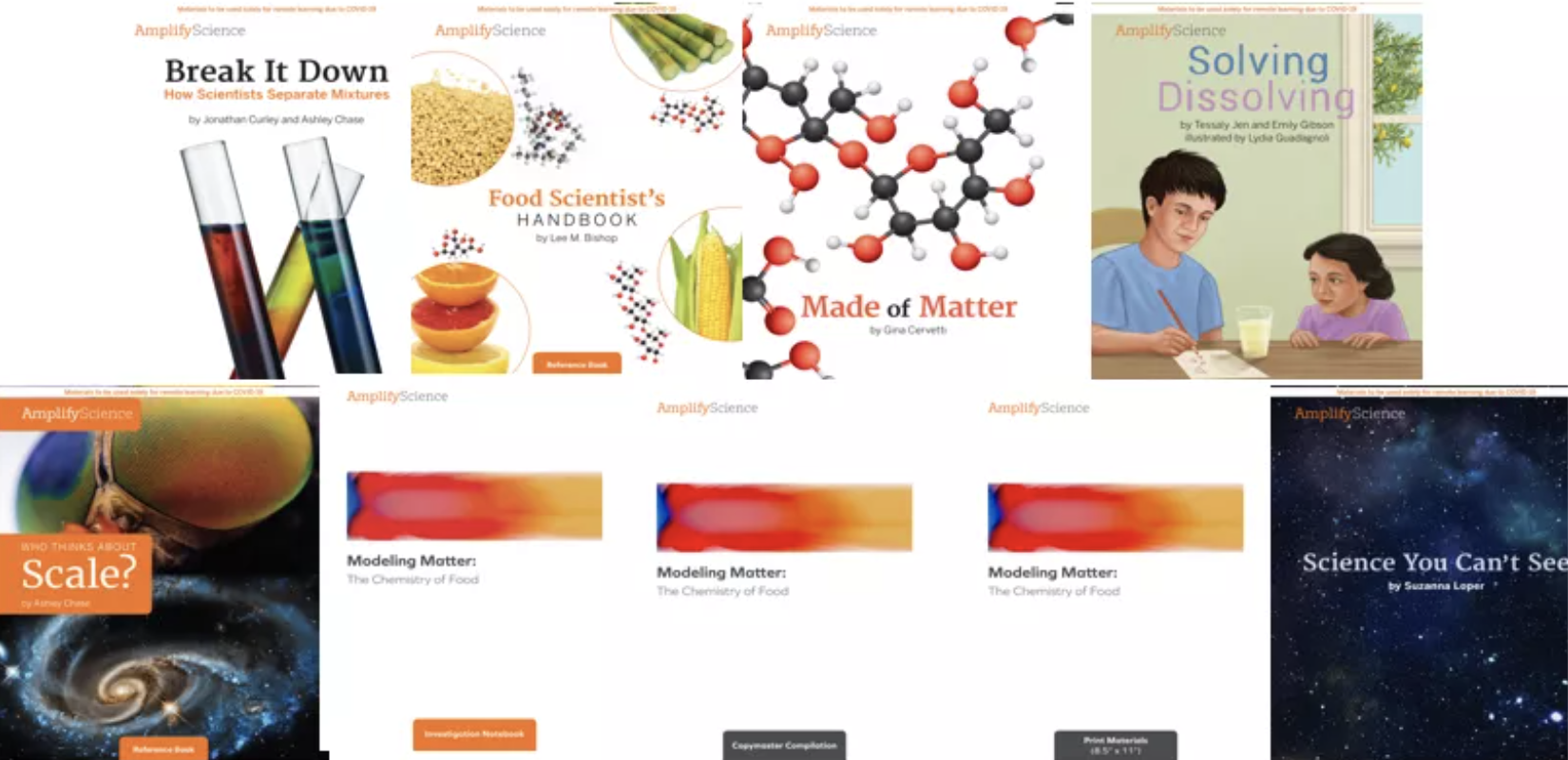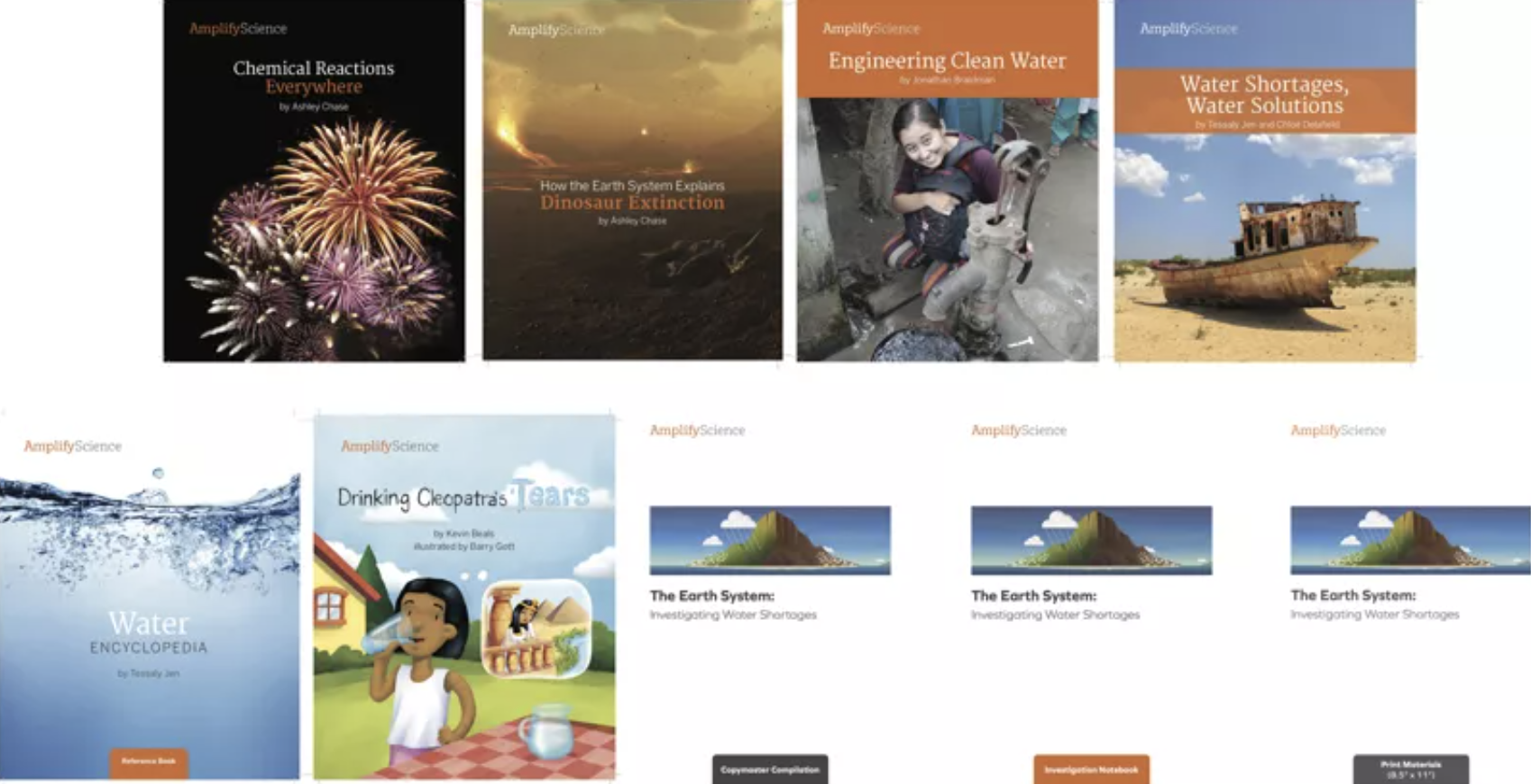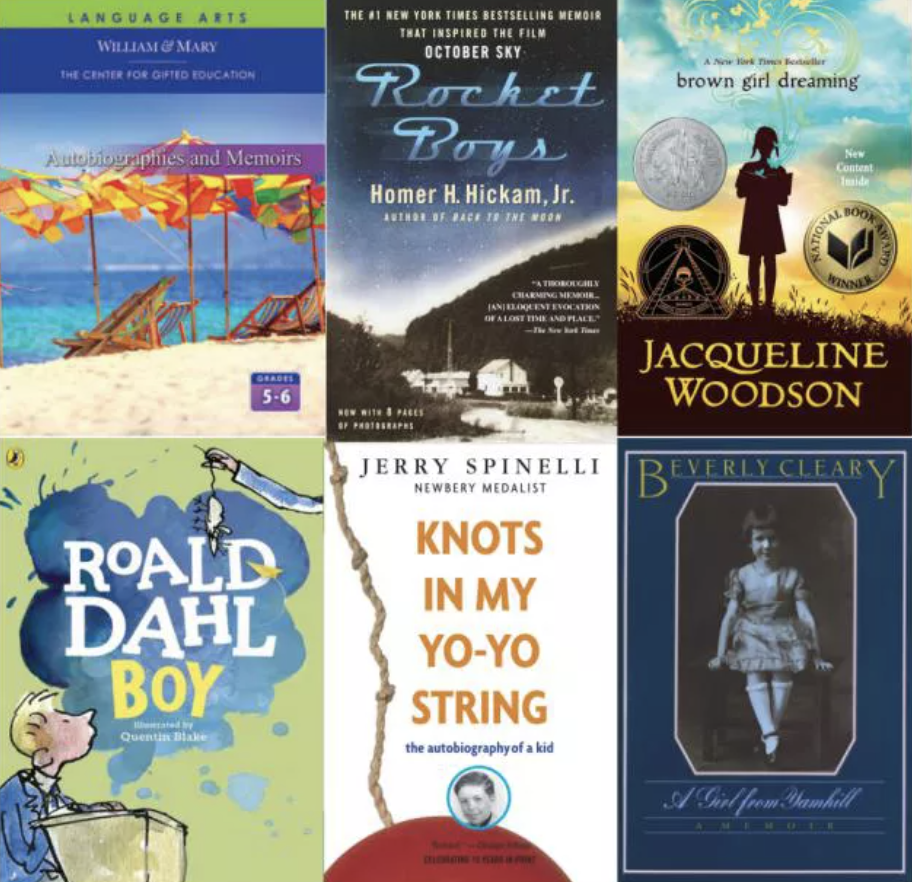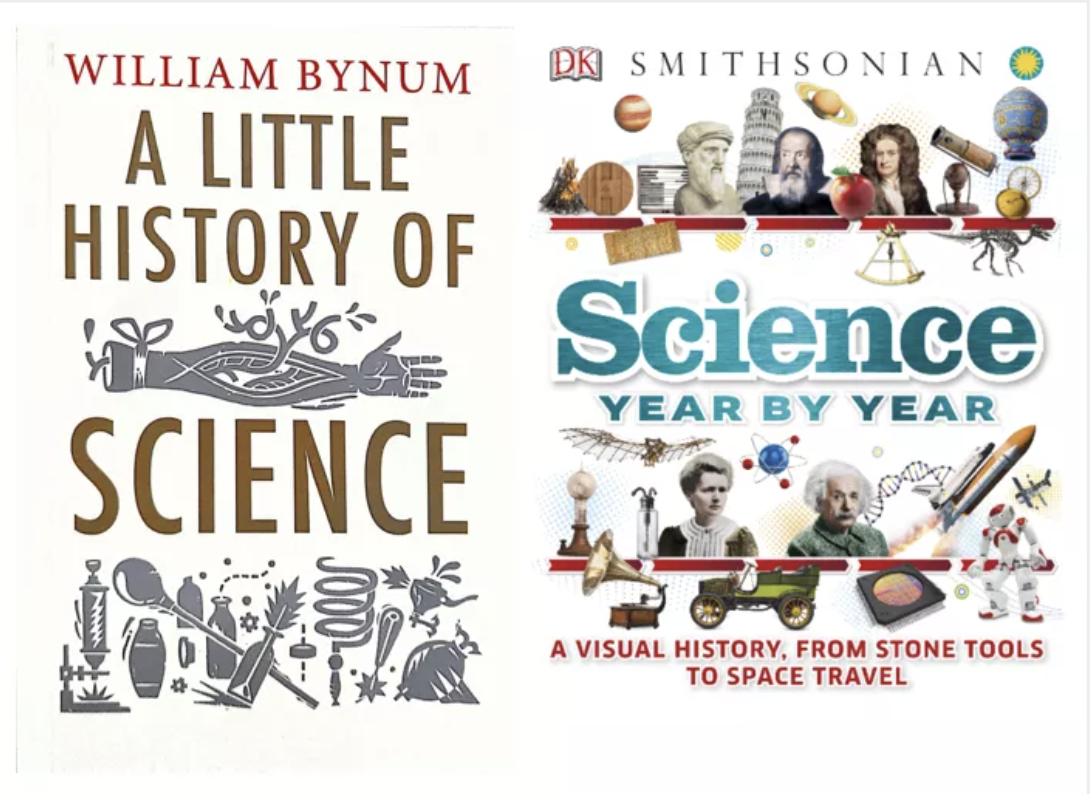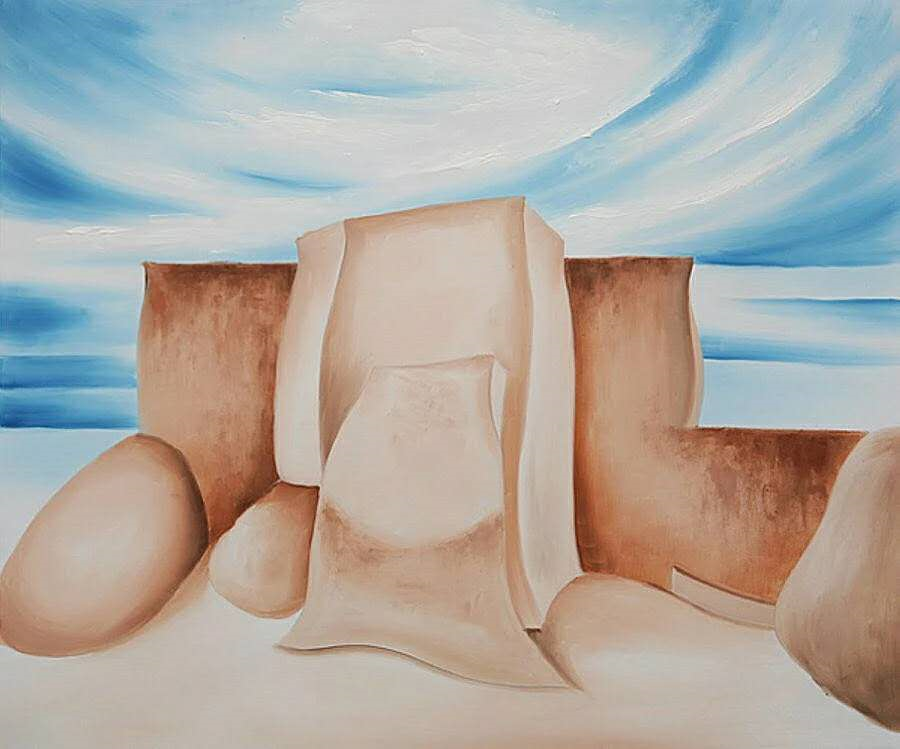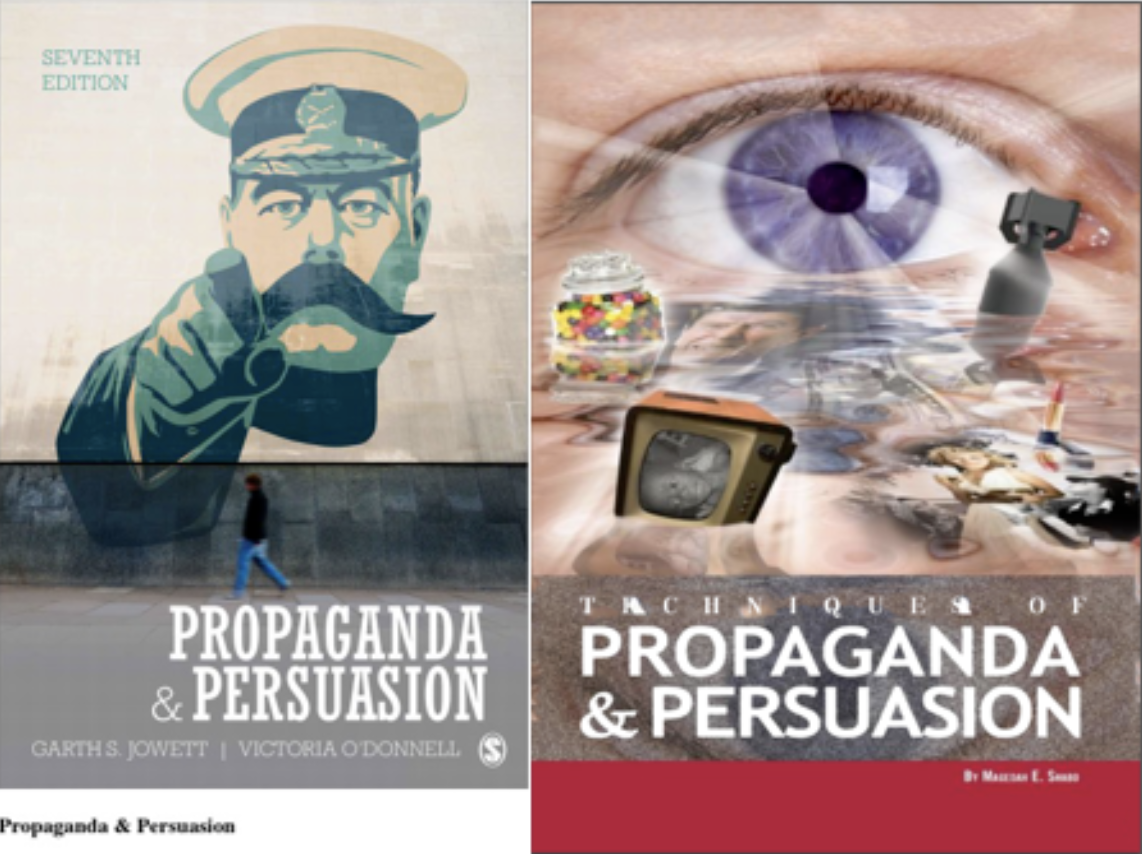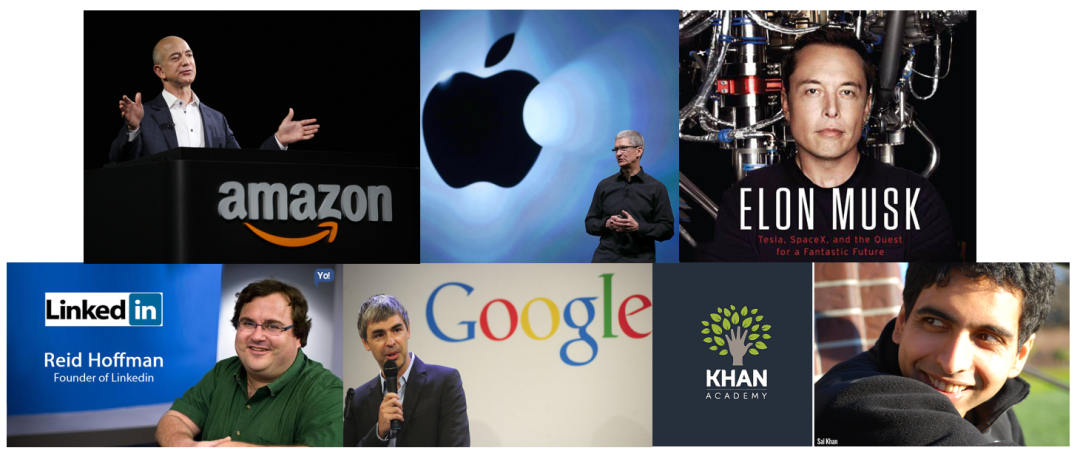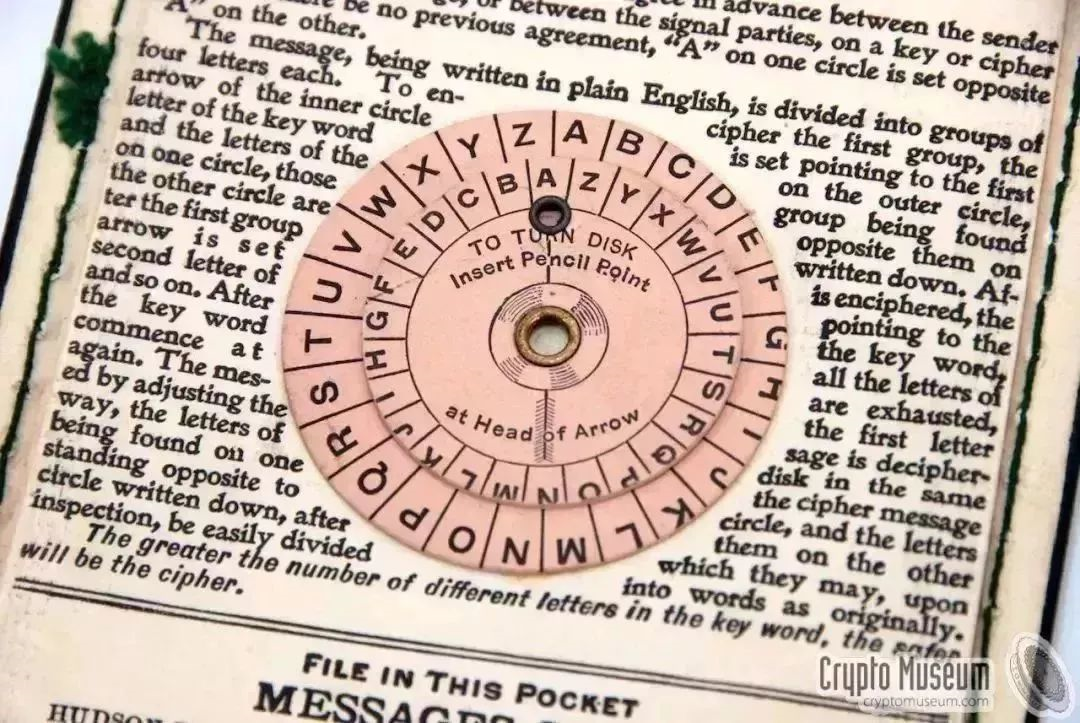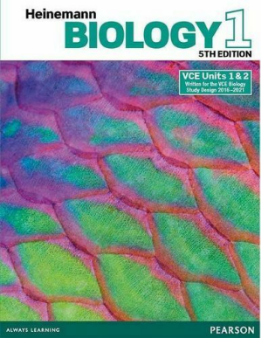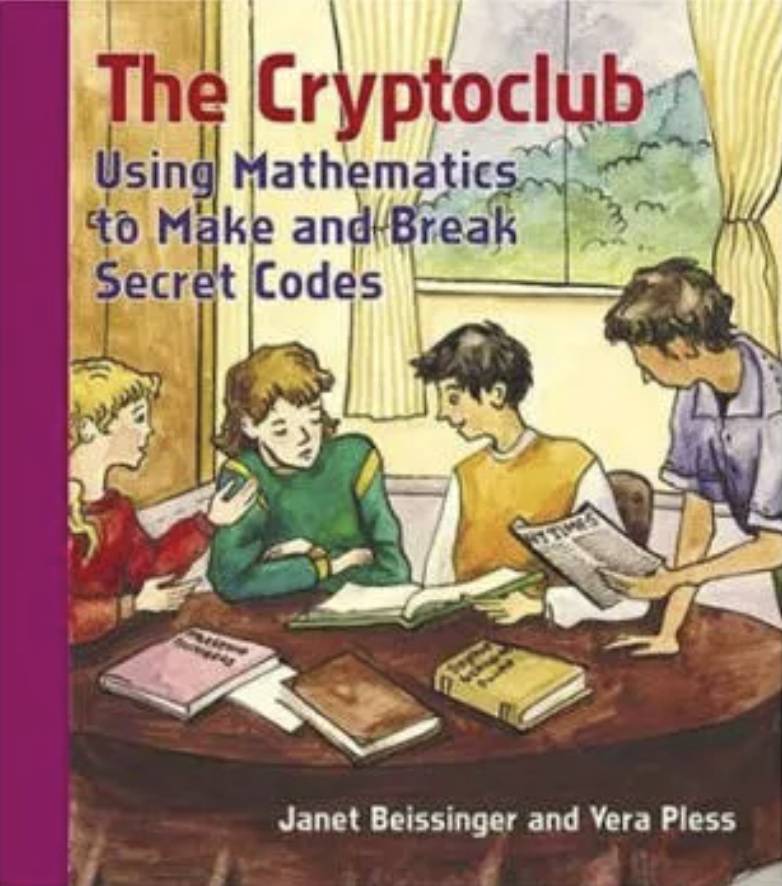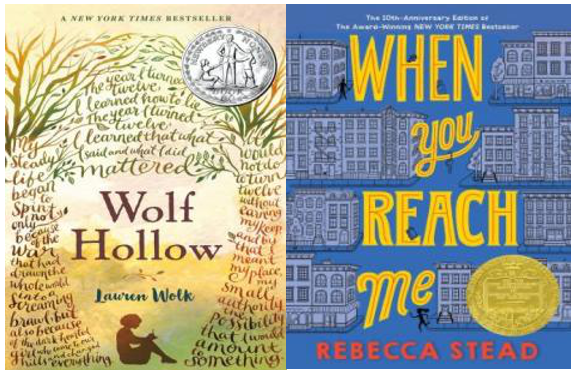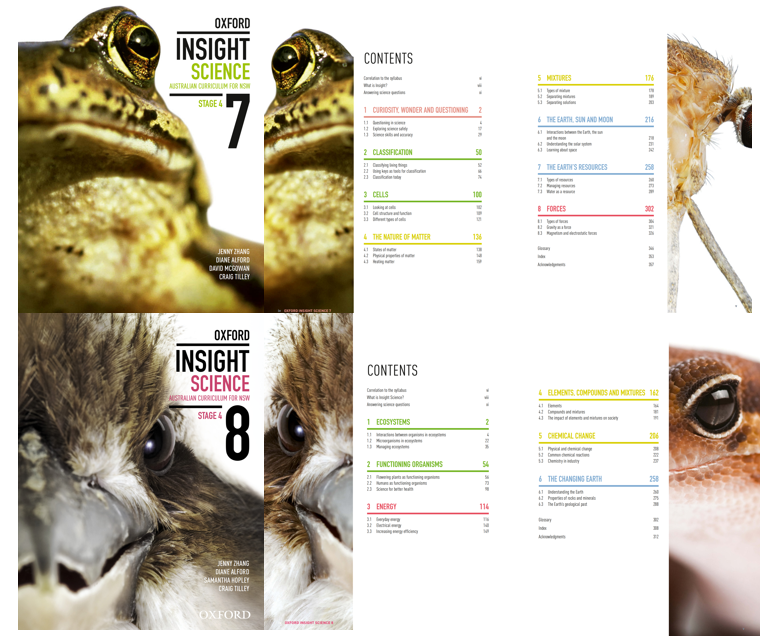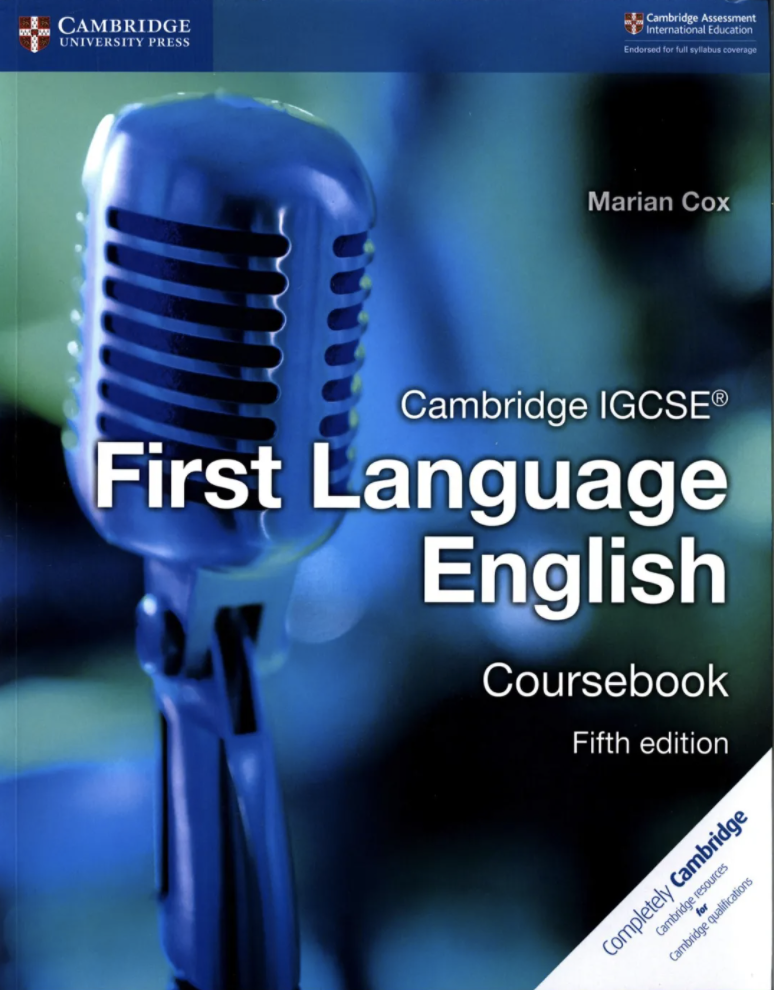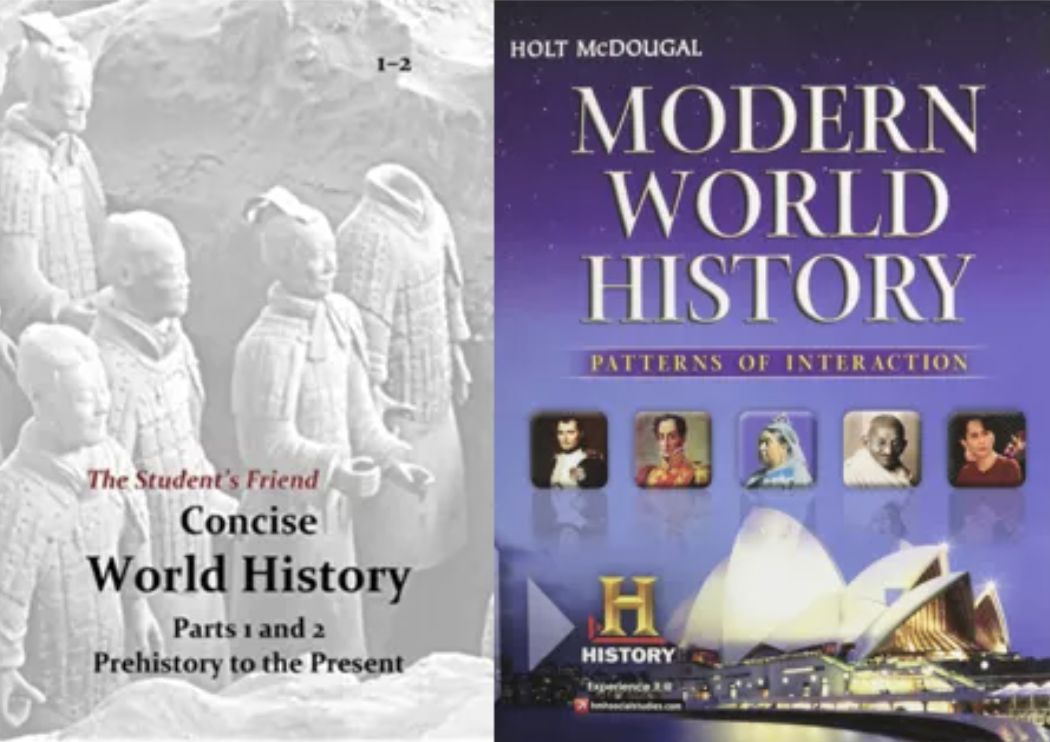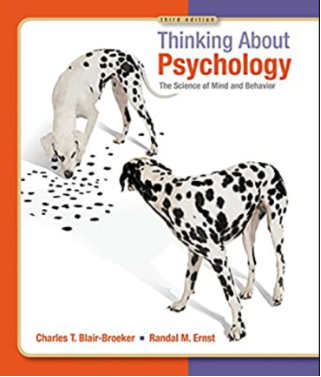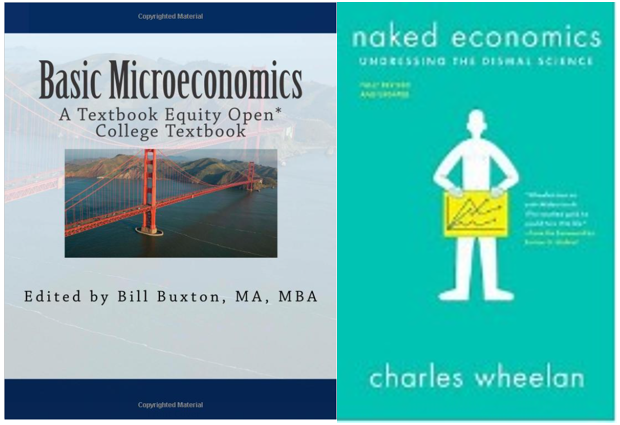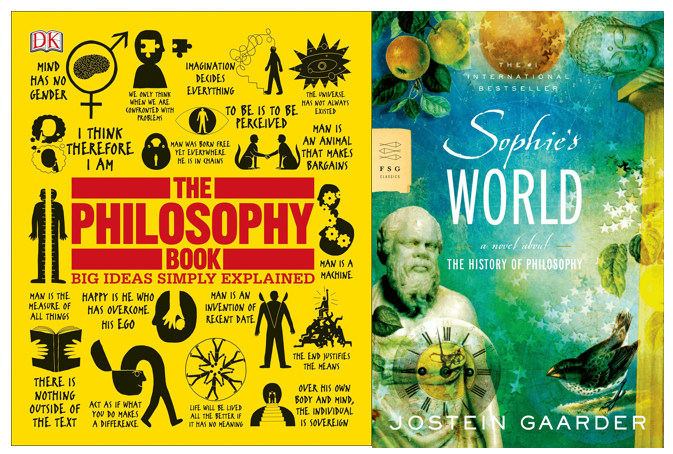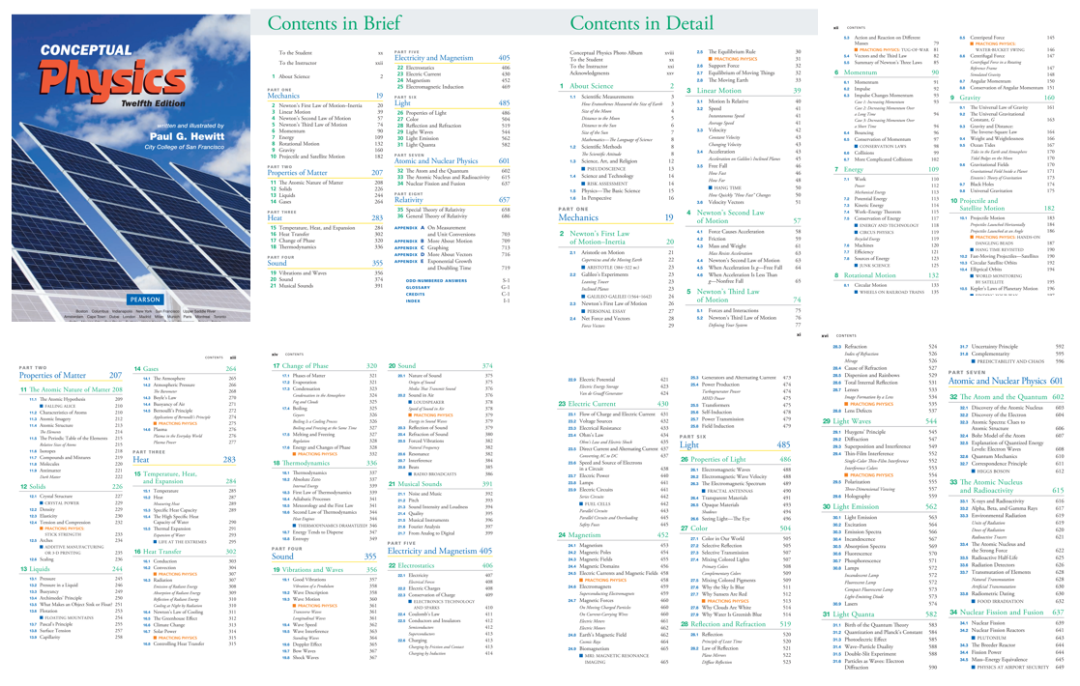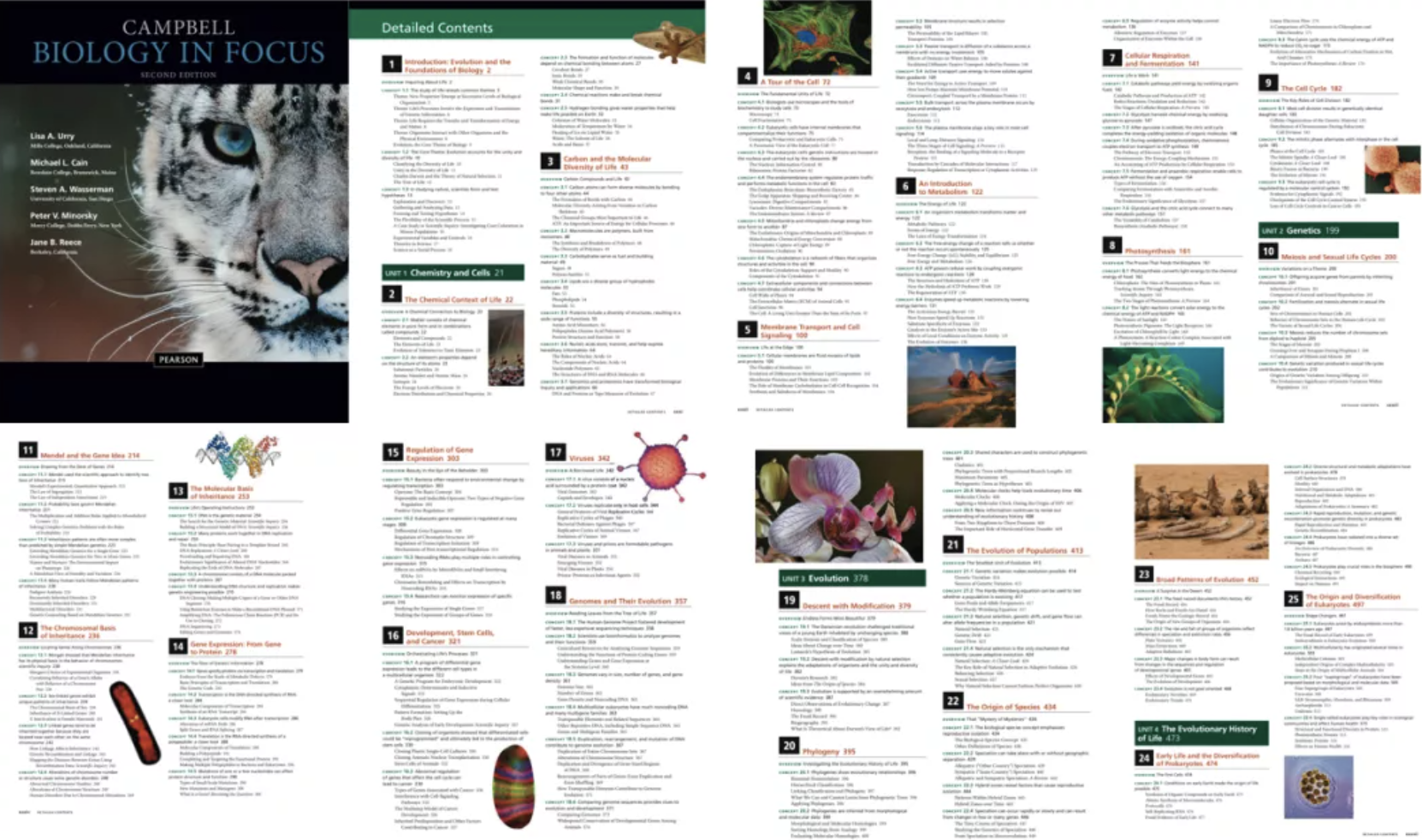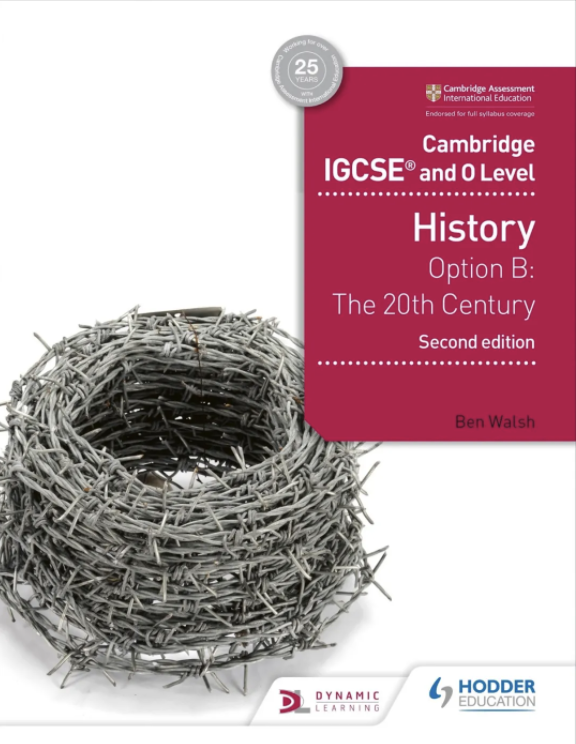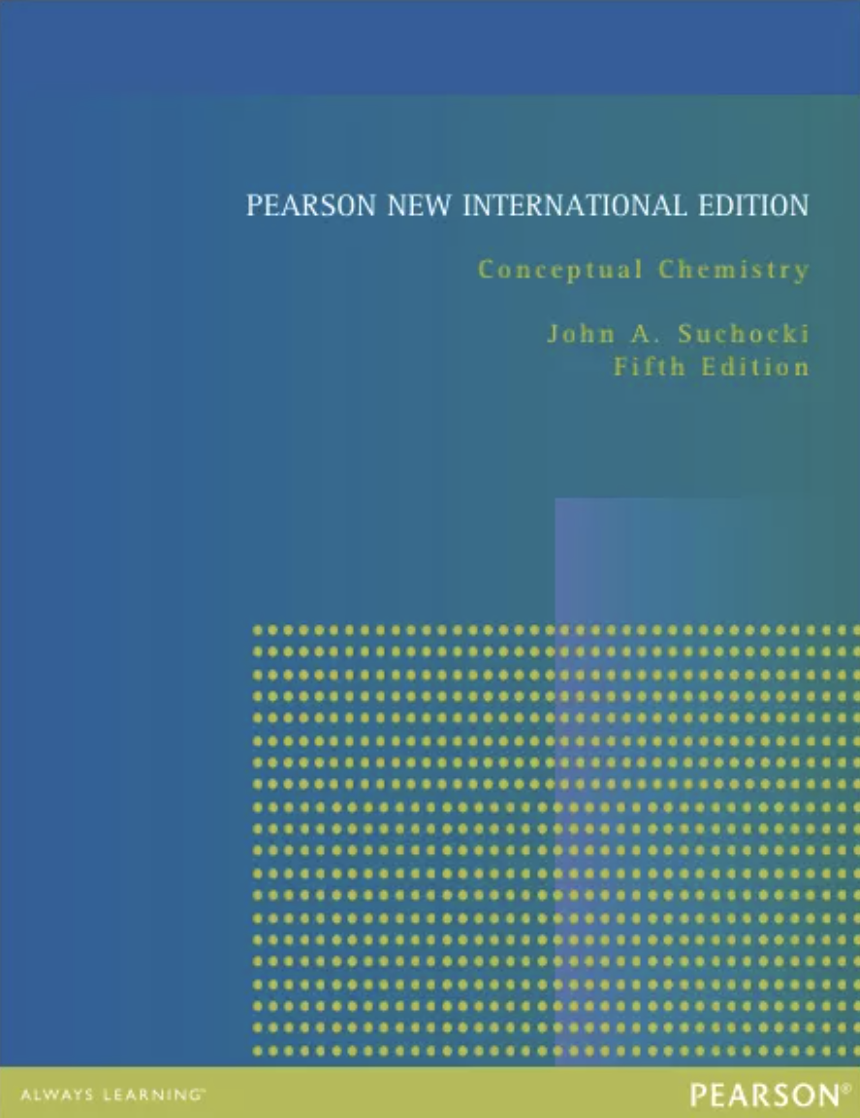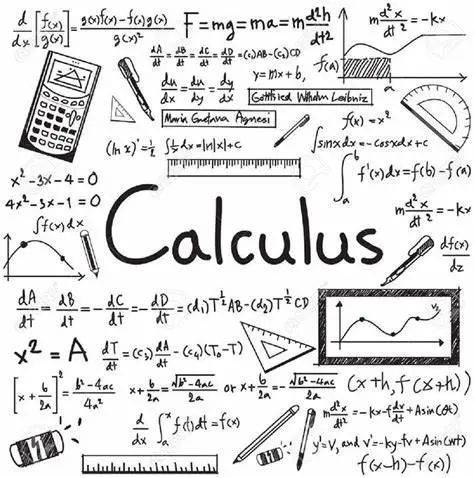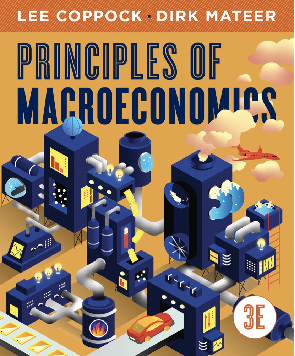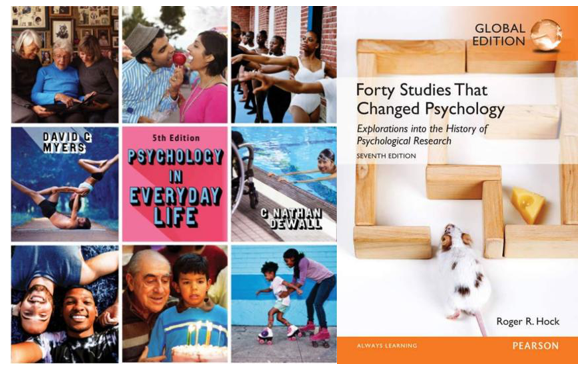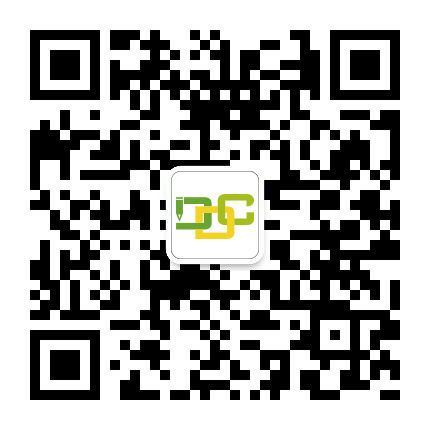-

-
DDC Online Program
DDC Online Program
Fairy Tales and STEM( G2-3)
|
In this fun, engaging, and hands-on course the students will read a variety of Fairy Tales and have STEM challenges based on the story. The students will read American and Chinese Fairy Tales. Students will learn about character and plot development. They will also compare and contrast various stories and authors. To aid in our STEM learning; we will use the engineering design process to design and build structures after we read the story. For instance, students will read "Cinderella". After reading the story the students will have to design a carriage that will be able to travel down a ramp for a specified distance. During the challenges, students will use math to discuss weight and distance.
Designing a Shape Gallery(G2-3)
|
In this course, students will thoroughly explore geometry concepts as they immerse themselves into an imaginative world in which they assist in creating a Shape Gallery. Students will use physical models and hypothetical Shape Gallery scenarios to learn geometry concepts and practice measurements and calculations. Students will create weekly artwork demonstrating math concepts and incorporate academic vocabulary into their weekly artist reflections. In the end, students will showcase their learning by hosting an interactive online gallery walk featuring all their artwork and artist reflections. Interpret and describe the physical world with geometric ideas using the corresponding vocabulary.
Science G3: Environments and Survival (G2-3)
|
How do the traits of different organisms make them more likely or less likely to survive in their environments? What happens to organisms when their environment changes? Many biomimicry engineers draw inspiration from the traits of organisms to design innovative solutions for a vast array of problems, such as painless needles inspired by mosquito stingers or body armor inspired by fish scales. Students assume the role of biomimicry engineers studying a population of grove snails to understand how the snails’ traits influence their survival in a changing environment. At the end of this unit, students will help to design a robot that aims to mitigate the effect of an environmental change.
As one of the units in Amplify Science curriculum, this course blends hands-on investigations, literacy-rich activities, and interactive digital tools to empower students to think, read, write, and argue like real scientists and engineers. Based on students’ inquiry and problem-solving, phenomena-based learning presents real-life issues and asks students to discover the knowledge and skills actively. Rather than grazing the surface of more topics, learners focus on a deeper understanding of science concepts by using models, reading informational texts, analyzing data, and engaging in student-to-student discussions.
Science G3: Dinosaur Discovery (G2-3)
|
In the Changing Landforms: The Disappearing Cliff unit, students use models to investigate how wind and water can cause changes to landforms. They learn that landforms made of solid rock undergo small-scale changes and that over time, these changes add up to big changes. The unit begins with an introduction to changes to the cliffs by Oceanside Recreation Center, which serves as the anchoring phenomenon for the unit. A nearby cliff has collapsed, and historical information shows that where the recreation center is situated appears to be receding. Students take on the role of geologists in order to help the Oceanside Recreation Center Director understand what is happening to the recreation center’s cliff, and decide whether the center needs to be closed immediately. Exploration and investigation of models (through both physical models and student-made diagrams) allow students to generate and explore questions about wind and water changing landforms. Books introduce students to important concepts about different types of landforms and the process of erosion, and a digital modeling tool allows students to make sense of these pts throughout the unit. At the end of the unit, students consider a new anchor phenomenon to explain why the nearby cliff eroded overnight and use this information to discuss whether the same thing could happen to the recreation center’s cliff.
World Geography I (G2-3)
|
In this course, students will "travel around" all seven continents and explore the five core themes of geography, including location, place, human-environment interaction, movement, and region. Students will learn about the absolute and relative location. They will inquire as to the physical and human characteristics that lead to the development of cultures, including landforms, waterways, people, climate, languages, communication, and transportation.
As geographers, students will investigate the cause and effect of human interaction with the environment. They will explore the concept of migration and study: how and why people move from one place to another? How does geography influence the expression of local people? and they will reveal their favorite geographical miracles and participate in hands-on learning activities that include reading, writing, mathematics, and other subjects.
Math G3 (G2-3)
|
In this course, students will "travel around" all seven continents and explore the five core themes of geography, including location, place, human-environment interaction, movement, and region. Students will learn about the absolute and relative location. They will inquire as to the physical and human characteristics that lead to the development of cultures, including landforms, waterways, people, climate, languages, communication, and transportation.
World Geography II Sustainable Development Goals (G3-4)
|
Globalization has brought humans together like no other time in history! Our place in time provides us an opportunity to take action and have an impact on our future. In this second course in the World Geography Series, students will explore the actions and effects of humans on our planet through the lens of the United Nations Sustainable Development Goals. Through the five themes of geography: location, place, region, human-environment interaction, and movement; students will explore connections between geography and the people who inhabit our planet. As investigators, students will uncover some of the most pressing problems facing our world and consider a myriad of perspectives. As researchers, students will discover primary and secondary sources to inform decision-making. As global citizens, students will syntheses information to form an individual action plan that will not only leave an impact on the planet but will help to shape individual future goals. The leaders of tomorrow will use knowledge in reading, English language, writing, mathematics, science, and social studies through a multitude of skills to critically think about our world.
Creative Writing(G3-4)
|
In this program, we will use the textbook of America's famous English teaching and gifted education expert Michael Clay Thompson. In this course, concepts will be introduced to enable students to write sentences that make sense, communicate ideas, and impart information. Students will find it fun to write well. Although the presentation is simple, the information is sophisticated. This course features an array of quirky animals, birds, insects, a talking tree, and an amazing fish whose name is Mud. From each character, Mud learns a different aspect of sentence structure. They make learning the rules and concepts that are the essential foundation for formal writing assignments enjoyable.
This course will also give students an entertaining and comprehensive introduction to the paragraph within the narrative of a story. The protagonists who help to illustrate the concepts are two engaging ducks who explore the importance of organizing sentences into orderly paragraphs with dialogue, description, comparison, punctuation, and grammar. This course also contains an extensive, structured section of exercises and consists of lessons, each containing in-depth exposition, and assignments.
Pre-Algebra(G3-4)
|
This course will focus on interpreting a multiplication equation as a comparison and representing verbal statements of multiplicative comparisons as multiplication equations; applying multiplication or division to solve problems related to multiplication; determining whether a given whole number in the range 1-100 is prime or composite; gaining familiarity with factors and multiples; generating a number pattern that follows a given rule; identifying apparent features of the pattern that were not explicit in the rule itself; explaining numerical expressions with parentheses, brackets, or braces; forming ordered pairs consisting of corresponding terms from the two patterns.
Science + Math = Art A(G3-4)
|
Creating arts with scientific and mathematical properties is as old as time. One of the most famous examples of the interconnection between math, art, and science is the work of Renaissance master Leonardo da Vinci. Known for his famous portrait of the Mona Lisa incorporates a typical golden section, da Vinci was also a prolific inventor and designed machines that were centuries ahead of their time. Creativity is an essential part of the scientific process as it is to the artistic method. Artists and scientists share a curiosity for the unknown, an appreciation for the beauty of the worlds they explore, and an interest in creating something new. In addition, properties of math such as geometry and patterns are the tools artists use to create their masterpieces.
In this course, Smart students will explore properties of geometric shapes, create tessellations, study numerical patterns in nature and demonstrate them in their art. Students will use math tools to create art, build structures based on numerical patterns, and examine the math behind the Golden rectangle. Students will work with the Fibonacci sequence, Pascal's Triangle, and create a 3-dimensional Sierpinski's Triangle, among other activities.
Science + Math = Art B(G3-4)
|
Did you ever wonder why coral reefs look like brains? Would you like to learn how to make robots that make art or can move like a bacterium? This course integrates art, math, and scientific discoveries with the following sciences: Life, Physical, Environmental, and Engineering. Students will be exploring systems that strive to maintain balance and homeostasis. We will expand our understandings of the interconnected nature of the Life, Physical, Environmental, and Engineering sciences by delving deeper into the application of math, art, and scientific practices within our world. Students will be challenged with the task to analyze the inherent nature of balance within our natural world and the cause and effect relationships that play a role in creating homeostasis throughout our universe!
Art and Architecture (G3-4)
|
Throughout the ages, although art and architecture have been different, they are inextricably linked, which can be reflected in their designs, creators, and the ideas and concepts they want to convey. Both artistic creation and architectural design use similar concepts and methods, common visual display elements, and the same sensory stimulation mode. Art and architecture also have the function of conveying meaning, rich in vivid expression and communication.
Ancient World History (G3-4)
|
This course aims to deepen the understanding of ancient civilizations and build a knowledge system, mainly including ancient Egypt, ancient Greece, and ancient Rome, ancient India, Mesopotamia, and Persia. Through learning the social structures, arts, mythology/religion, technology, political structures, and daily life of these ancient civilizations, students can make comparisons across cultures and comparisons with today’s cultures. By participating in hands-on activities and employing intercultural and interdisciplinary learning methods, students can think in multiple dimensions and perspectives on the information and viewpoints, master deeper thinking skills, and improve their ability of oral expression, teamwork, critical thinking and comprehensive skills.
Astronomy: Star Explorers(G3-4)
|
Have you ever looked up at the stars and wondered how far away they were? Have you ever thought about what it would be like to be in space? This STEAM study of astronomy incorporates history, art, science, mathematics, and engineering of human interaction within the limitless universe. In this class, students will move from Earth through the solar system to our galaxy and beyond. Students will participate in activities exploring the scale of the solar system, moon systems, properties of stars, asteroids, and meteors. Students will read stories and determine scientific explanations of those stories.
Astronomy: Galaxy Explorers(G3-4)
|
This course takes an in-depth look at our solar system and beyond. What is in our Solar System? What are planets, how are they made and where are they located? Amazing facts and experiments about each planet. Students will create their own planet and convince others they should travel there. Students will also learn about space trash: what it is and what we should do about it. They will also learn about important astronauts and scientists in Astronomy. Students will use their creativity and imagination to create artworks that can be displayed at home and kept to show friends and family.
Science G4: Energy Conversions (G3-4)
This course focuses on studying solar energy, wind energy, hydropower, tidal energy, and geothermal energy, as well as the broad uses of these renewable energy sources, such as heating, cooling, transportation, and even energy supply in remote areas. Through design, construction, evaluation, remodeling, and completing a nearly perfect energy system, students can improve their ability of teamwork, IT technology application, computing, and time management so as to become better architects, designers, engineers, and problem-solvers of the 21st century.
Math G4 (G3-4)
|
Appropriate unit(s) would be chosen based on a given situation. In this course, students study numbers and operations and receive a taste of algebra. In Unraveling the Mystery of the MoLi Stone: Exploring Place Value and Numeration, students explore the numeration system in-depth and discover a stone with unusual markings. In Factors, Multiples, and Leftovers: Linking Multiplication and Division, students develop their number sense with a deeper understanding of multiplication and division. How Big is Big: Understanding and Using Large Numbers introduces students to numbers 1,000 to 1,000,000 using a variety of models and operations. In Awesome Algebra: Looking for Patterns and Generalizations, students study patterns and determine how they change, can be extended or repeated, and how they grow. In Search of the Yeti: Measuring Up, Down, and All Around, measurement is focused on learning about perimeter, area, and volume. Digging for Data: Collecting, Displaying, and Analyzing Data, students explore the world of the research scientist and learn how gathering, representing and analyzing data are the essence of good research.
Engineering Essentials(G4-5)
|
In Engineering Essentials, students will explore engineering, the design process, technical sketches, and computer-aided design as they relate to solving real-world problems through the application of 21st-century skills, such as collaboration, communication, critical thinking, and creativity. The engineering design process goes from identifying the problem, researching past solutions, brainstorming new solutions, developing a plan, implementing the plan, testing and evaluating the solution, and then presenting the findings. In engineering, the process often holds more importance than the final product and students will record their thinking each step of the way through notes, sketches, and annotations.
Students will design furniture to meet the specific needs of their clients. Engineers work to solve problems with specific criteria and constraints. As students work through real-world problems they will evaluate their solutions as they meet the criteria and constraints of the situations and clients. Students will learn the core concepts, knowledge, and skills as well as practices with isometric and Multiview sketches through PLTW (Project Lead The Way), AR (Automation and Robotics), DM (Design and Modeling ), and CAD-Tinkercad curriculum.
The Art of Digital Photography (G4-5)
|
Humanity is taking more photos than ever before. In 2020 we will capture about 1.5 trillion images and store them in a digital format. We take so many pictures in part because it has become so easy: Tap a camera icon on your mobile phone, aim the lens at your subject, and tap another button. Apply an image filter with a swipe and another click, then post a note with the image on WeChat.
We are part of a new generation of image-makers, but there is much more to creating a photograph than pointing and clicking. This class will introduce you to the art and craft of capturing digital images. We will study the work of several master photographers to understand how they create great images. We will learn how to identify subjects to photograph and the right moment to photograph them; we will practice the fundamentals of image design, and we will experiment with many technologies available to assist us with digital photography. And of course, we will be taking LOTS of pictures, to help you develop your own sense of personal expression and visual style.
Lego Robotics (G4-5)
|
This course provides an introduction to robotics for students with no programming background using LEGO MINDSTORMS EV3 kits. Students will learn to construct, control, and program these robots through investigative and exploration activities. Some mechanical design concepts covered include pulleys and gears, torque and speed, wheel sizes, stability, structural integrity, and maneuverability. Students will learn about the design and purpose of sensors, and integrate them meaningfully into their robot design. We will explore programming concepts including commands, sequence, sensor behaviors, decision-making structures, switches, and loops. Students' final challenge will be to program their robots to maneuver a course and complete challenges autonomously. Additionally, we will be inspired by robots in the real world and address the larger questions of how and why. Why are robots important to our society? What potential do they have in the future? How can we address the design and programming challenges of today to make those ideas a reality tomorrow?
Creative Art History (G4-5)
|
In this class, we will explore the thinking and creative styles of masters of western art. This course will empower children to create their own masterworks using a variety of processes inspired by DaVinci, Van Gogh, O’Keefe, and others. Students will play creative games, use real artist's tools and materials, and learn the concepts and language we need to talk about art.
Science G5:Magic Chemistry (G4-5)
|
Modeling Matter is designed to engage students in science by Doing, Talking, Reading, Writing, and Visualizing like a scientist. Students will take on the role of food scientists working in a large food-production company. Investigations include the identification of a potentially hazardous food dye in a mixture and one in which they create a salad dressing with specific qualities. Further exploration into ice cream making will aid in the understanding of food chemistry. Polymer activities may also be added as cross-linking can be compared to emulsifying. The investigations offer students opportunities to delve deeply into the particulate nature of matter. They will construct models, make observations, and apply them to explanations of behaviors. Virtual tools are available to investigate nanoscale models. Throughout the course, students will gain an understanding of the connection between observable properties of mixtures and properties of the substances of which they are composed. Interspersed among the lessons, demos, and other related activities will be added to further student interest and excitement.
Science G5: Earth Science (G4-5)
|
As one of the units in Amplify Science curriculum, this course blends hands-on investigations, literacy-rich activities, and interactive digital tools to empower students to think, read, write, and argue like real scientists and engineers. Based on students’ inquiry and problem-solving, phenomena-based learning presents real-life issues and asks students to discover the knowledge and skills actively. Rather than grazing the surface of more topics, learners focus on a deeper understanding of science concepts by using models, reading informational texts, analyzing data, and engaging in student-to-student discussions.
Preparing for Academic Writing(G4-5)
|
This course will correct two common problems in school: boring papers and dull presentations. Students will build on the skills in the course and learn how to sequence paragraphs into interesting papers. Whether preparing a book report or a research paper, their product will be better. Oral communication is a second focus of the course, how to present their papers to peers and adults using effective public speaking skills. Books in this course help build a bridge between previous Creative Writing courses and the Academic Writing and Vocabulary courses that anchor the English courses in upper grades.
Each lesson in the course is followed by exercises, challenging questions, examples of good essays, and a discussion of the correct use of words for papers. With the use of extensive examples and thorough explanations, Students will learn that Preparing and Presenting Papers involves the correct use of words, sentences, paragraphs, punctuation, and other elements such as organized structure and unity. In the course, students will enjoy illustrated classics. Students will be engaged in the close-ups of poetic techniques, four-level analyses of interesting grammar, and comments about writing strategies. Challenging vocabulary is defined at each lesson during the whole course. There are lots of interactive activities and pre-and post-tests to reinforce the lessons and allow students to self-check their knowledge.
Money Management (G4-5)
Money management incorporates the key financial disciplines for developing wealth accumulation, protection, and preservation strategies specific to your needs, objectives, values, priorities and risk tolerance. Equally important, money management focuses on the behavioral influences on your decision-making that can adversely impact the outcomes of long-term strategies.
Math G5 (G4-5)
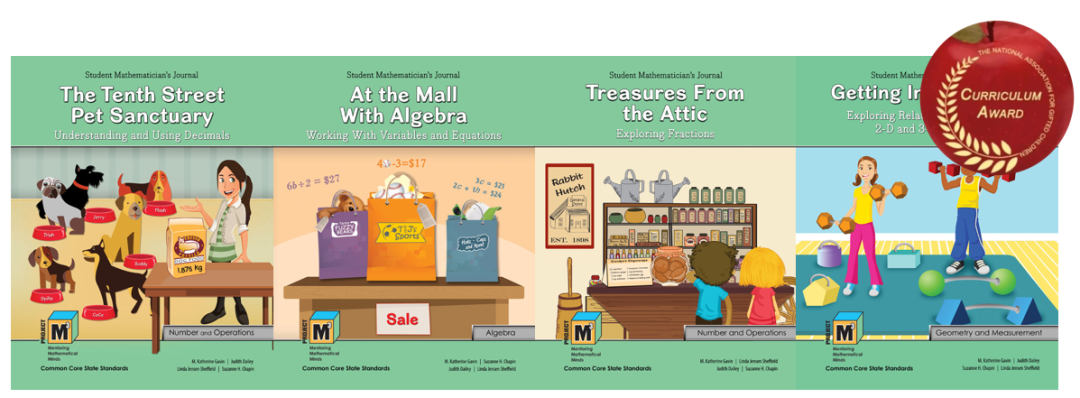 |
Appropriate unit(s) would be chosen based on a given situation. In this course, students continue on the same learning paths fostered previously. In The Tenth Street Pet Sanctuary: Understanding and Using Decimals, students are introduced to how the decimal numeration system takes place. Students learn how the powers of 10 are used to create decimals and understand the role of the decimal point as the marker for the end of whole numbers. At the Mall with Algebra: Working with Variables and Equations, students discover the mathematics behind number tricks and variable puzzles. In Treasurers from the Attic: Exploring Fractions, students are introduced to the characters of Tori and Jordan, who uncover hidden treasures in their grandparents' attic from a general store that their great-grandparents used to own. Getting Into Shapes: Exploring Relationships Among 2-D and 3-D Shapes, students explore 2-and 3-dimensional shapes with a focus on their properties, relationships among them, and spatial visualization.
Intensive Reading and Writing: Autobiographies and Memoirs(G5-6)
|
Intensive reading involves students reading in detail with specific learning aims and tasks. As the name suggests, intensive reading refers to reading texts thoroughly and with clear goals, such as answering reading comprehension questions or identifying how sentences are linked. The focus is on a deep understanding of the text, which is usually pitched at a level that is slightly challenging for the learner. To help students make sense of texts that may present a significant challenge in terms of vocabulary, grammar, and concepts, this course will focus on reading skills, such as identifying main ideas, guessing the meaning of unfamiliar words from context, and language features, etc.
Students will study the concept of change by reading autobiographies of writers and by looking at the change in the lives of writers and other artists. As they examine life stories and self-portraits, they study literature and examine works of art from various cultures in detail. In order to gain insight into the development of talent, students are encouraged to explore their own identities as talented learners through discussions, research, oral presentations, and reflective writing. Autobiographical writings from authors including Beverly Cleary, Eloise Greenfield, Isaac Singer, and Lawrence Yep are explored.
Middle School World History (G5-6)
In approaching religious history, the students will examine the major religions in terms of significant events in history, basic beliefs, impact on culture, art, music, practices. Students will Learn Buddhism, Judaism, Islam, Christianity, and some of its offshoots such as Mormonism, Catholicism, Protestant, Confucianism (philosophy VS religious beliefs), Daoism, Hinduism, Sikhism, and possible Native American (Hopi) religion because of its beautiful art inspired by nature.
History of Science (G5-6)
|
In the course, students will navigate the scientific milestones of human civilization. During the process, students will encounter some familiar names and faces: Aristotle, Da Vinci, Newton, Darwin, Marie Curie, Hawking, and more. Moreover, students will investigate the significance of scientific discoveries: the Lascaux Cave, Stonehenge, the first atomic bomb, the first moon landing, Higgs boson, and more. This course hopes to provide a comprehensive understanding of science from a historical perspective. Whilst investigating the progression of science, students will recognize and engage with the origins, methods, and process of thinking scientifically. By the end of this course, we hope each student will develop a "spirit of science" with a humanistic twist.
Historical Perspective of Fine Arts(G5-6)
|
In this class, we will explore the thinking and creative styles of masters of western art. This course will empower children to create their own masterworks using a variety of processes inspired by DaVinci, Van Gogh, O’Keefe, and others. Students will play creative games, use real artist’s tools and materials, and learn the concepts and language we need to talk about art.
Students will learn the elements of art and principles of design, the history of cross-cultural human symbols, how the identity of the artist changed after the invention of photography, new ways of thinking about art, art as an expression of mood, and the human experience., the birth of symbolism and surrealism, a deep look at the movements of abstraction and non-objective art, the relationship between the artist, the museum, and the viewer, as well as examining the artist statement and labeling in relationship to art.
The Art of Persuasion (G5-6)
|
The art of persuasion is all around us. It is embedded into the fabric of our societies and is used in everything from advertisements to speeches, debates, and politics, and every profession. The Art of Persuasion explores the connections between arguments and perspective, with specific emphasis on rhetorical efforts to sway opinion. Students will examine the implications of effective rhetoric, consider the history of persuasive techniques, and practice the analysis and crafting of persuasive messages and practice what they learn by giving presentations, participating in activities, creating an advertising campaign, and producing various forms of rhetoric. Students will learn about Aristotle’s strategies of rhetoric. They will use these strategies as they study various genres of literature.
Science G6: Ecosystem Restoration (G5-6)
As ecologists, students work to figure out why the organisms in a part of a Costa Rican rainforest ecosystem aren’t growing and thriving. As they solve this problem, students learn more generally how organisms in an ecosystem get the matter and energy they need to survive, and then write a series of restoration plans that include arguments about why the rainforest ecosystem is not thriving and recommend actions to restore its health.
Academic Writing & Vocabulary I-Exploring Essays(G5-6)
|
This course explicates the elements of the correct, formal essay—the essay expected for exams, research papers, critical responses, and other formal analyses of academic subjects. With the use of extensive examples and thorough explanations, children see that formal writing involves the correct use of words, sentences, paragraphs, punctuation, and other elements such as organized structure and unity. More than that, Students will go in-depth to the academic vocabulary learning, like roots, affixes, etc.
How to write a high-quality academic paper? This course aims at taking students on a journey featuring improvement on wording, paragraph connections, theme choices, and discourse analysis from all aspects. Lessons are followed by exercises (words, sentences, paragraphs, and punctuations), challenging questions, examples of good essays. All the requirements of the writing assignments in this course reflect the current MLA guidelines.
TED Talks and Writing(G5-6)
|
In this course, students will develop and analyze effective communication skills using the critical observation process utilized by Ted Talks with a focus on young adolescent audiences. Students will create and develop their own personal Ted Talk under this methodology. This instructor-led workshop builds a foundation for students interested in taking the Advanced Placement (AP) Capstone courses and/or improving their quality of research within presentations.
Students will analyze current talks for the overall appeal, relevance, delivery, and credibility of the information provided. Using a modeling strategy, students will work with the teacher to learn how to share opinions and provide feedback using supporting examples, connecting ideas with logic and reasoning, and how to both inform and connect with their audience on a deeper presentation level.
Algebra(G5-6)
 |
This course will focus on the critical areas, including connecting ratio and rate to whole number multiplication and division and using concepts of ratio and rate to solve problems; completing understanding of division of fractions and extending the notion of number to the system of rational numbers, which includes negative numbers; writing, interpreting, using, formulating and reasoning about expressions and equations; developing an understanding of and applying proportional relationships; developing an understanding of operations with rational numbers and working with expressions and linear equations; modeling an association in bivariate data with a linear equation, and solving linear equations and systems of linear equations; grasping the concept of a function and using functions to describe quantitative relationships.
Math G6 (G5-6)
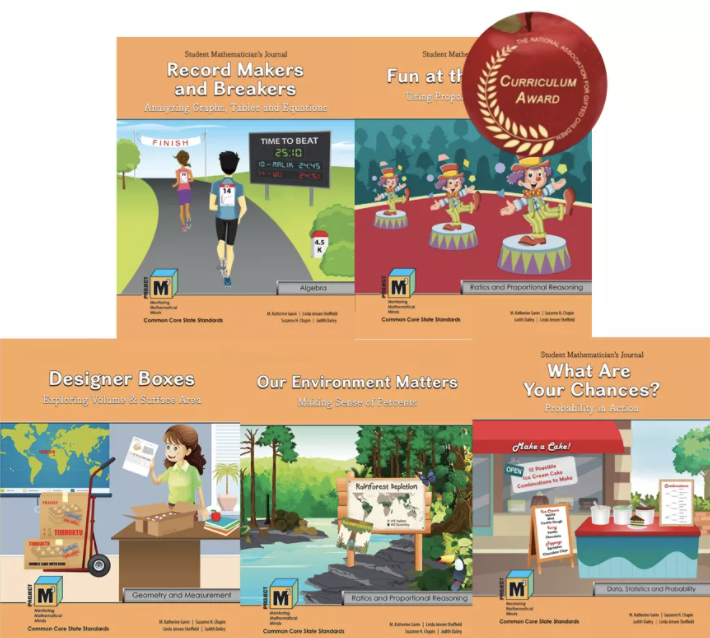 |
Appropriate unit(s) would be chosen based on a given situation. In this course, the mathematical growth continues as students are learning more in-depth algebraic and geometrical concepts. In Record Makers and Breakers: Analyzing Graphs, Tables, and Equations, students learn about algebra as a set of concepts tied to the representation of relationships by words, tables, or graphs. Fun at the Carnival: Using Proportional Reasoning introduces students to similarity, congruence, and scale factors and explores ratio as a comparison of two quantities. Designer Boxes: Exploring Volume & Surface Area, geometric measurement is the focus. Students begin their exploration of probability as a measurement of the likelihood of events in What Are Your Chances? Probability in Action. They move beyond performing simple probability experiments to an understanding of experimental and theoretical probability and the Law of Large Numbers. In Our Environment Matters: Making Sense of Percents, students explore percents in-depth and see how it is linked to the study of proportionality. Students will make connections to number concepts and algebra as they develop their understanding of percents, connect percents to different representations of the same number using fractions and decimals.
Future Entrepreneurs (G6-7)
|
Starting a business requires creative problem solving, clear communication, and collaboration. Future Entrepreneurs will apply these skills to explore the long history of entrepreneurship, different types of business ownership, and considerations for starting a business enterprise.
Academic Writing and Vocabulary II: Formal Academic Writing (G6-7)
|
A qualified, experienced teacher will help students increase their skills in many important areas of English. Students will participate in various writing and reading activities and exercises to enable them to grow individually in reading, writing, vocabulary, and the ability to communicate effectively through virtual discussions. Texts used in this course include Michael Clay Thompson’s Advanced Academic Writing I, The Magic Lens I and The Word Within the Word I.
Students will read short pieces of literature for class study, both fiction and non-fiction, to prepare for teacher-guided Writers Workshops. These collaborative workshops will focus on academic, text-based responses to the readings. This analysis of literature and writing will also further students’ understanding of how English sentences are effectively formatted and constructed. Students who take this class will be encouraged to think critically about what they read and write in order to progress their academic English language usage.
Codebreaking and Computer Science (G6-7)
|
Dashes and dots, mysterious pictures, or number sequences all strung together to form a puzzle that only a few can solve…what does it mean??? Cryptography, originating from Greek kryptós, "hidden, secret" and graphene, "writing", so it is literally hidden secrets in writing! This course includes both classic and modern cryptography. Students will learn the history of cryptography and the principles and application of classic cryptography, including Caesar Cipher, substitution cipher, and Vigenere Cipher. Students will use their knowledge of cryptology to design their own cipher wheels to send a message that only they understand—unless someone else can crack the code!
Modern cryptography covers many subject areas like mathematics, computer science, and engineering, and includes core knowledge of information theory, statistics, combinatorics, abstract algebra, number theory, and more. Students will learn the Rivest–Shamir–Adleman (RSA) encryption algorithm which is widely used in current business. They will also decode the most famous cryptographic machine, Enigma, designed and used by the German army in World War II, which offers ten thousand trillion possibilities. Come join this course in mathematics and mystery!
Genetic Inheritance (G6-7)
|
Students in the Genetics online course will investigate scientific concepts related to genetic inheritance including the molecular structure of DNA and RNA, the process of DNA replication, how DNA is packaged into chromosomes that contain hundreds of different genes, and the way in which genetic traits are passed through generations.
Students will get the chance to complete the internationally-renowned science project: BioEYES. In this project, students get the opportunity to conduct their own genetic experiment with zebrafish, just like a real biomedical scientist. Students will develop skills in inquiry, making predictions, collecting detailed data and observations, and utilize evidence to make inferences and draw conclusions. The BioEYES program uses zebrafish in its program because zebrafish reproduce rapidly, have hundreds of eggs that are transparent, and develop very fast. This means students can observe the development of the zebrafish embryos under a microscope in detail, including their beating heart and blood flow. Students will investigate zebrafish development and apply their knowledge of genetics to discover the inheritance of genes in zebrafish.
Mathematics of Codebreaking (G6-7)
|
This course covers multiple interdisciplinary fields such as mathematics, computer science, and engineering and includes knowledge like information theory, computational complexity theory, statistics, combinatorics, abstract algebra, and number theory. While learning the RSA encryption algorithm that is currently widely used in electronic commerce, students will also personally decrypt the most famous "Enigma" cipher machine, which is invented and used by the German army in World War II. The cipher machine is provided one hundred million billion possibilities of encoding.
Mock Trails (G6-8)
|
Students will learn about the government and judicial system, simulate the court review process, and analyze the relationship between law and citizenship and literacy through careful reading, writing, and listening. Using the familiar territory of childhood stories, students learn the complexities of the judicial system and court trial presentations.
TED Talks and Writing (G6-8)
|
In this course, students will develop and analyze effective communication skills using the critical observation process utilized by Ted Talks with a focus on adolescent audiences. Students will create and develop their own Ted Talk under this methodology. This instructor-led workshop builds a foundation for students interested in taking the Advanced Placement (AP) Capstone courses and/or improving their quality of research within presentations.
Middle School Sciences I & II (G6-8)
|
In the DDC Middle School Science program students develop practical knowledge to explain real-world phenomena in the physical, biological, and chemical sciences. The course encompasses analyzing and interpreting data; distinguishes between models, theories and laws; utilizes practical tools for planning and conducting investigations, and promotes problem-solving behaviors through logical and creative thinking.
Reading and Writing (IGCSE) (G7-8)
|
A qualified experienced teacher will help students to excel in the areas of the reading and wring of IGCSE. In the reading section, the objective is to enhance students’ strength on the aspects of skimming, scanning, understanding general idea and details in a text, following a line of argument or discussion, identifying attitudes and opinions, etc. On the writing part, the teacher will focus on Writing; formal and informal emails, faxes, and letters; factual reports and articles; summary writing, etc. The features, style, questions, the format will be introduced thoroughly with timed IGCSE tests carried out to diagnose and assess students’ English levels.
Finance & Investment (G7-8)
|
Much of the world’s finance is controlled or influenced by the stock market. Understanding the principles that are used in the market is essential for anyone who wants to understand personal, national, and international economies. In this course, the history, current operation mechanism, and trading rules of the most influential stock exchanges in the world will be introduced, including New York, London, and Hong Kong stock exchanges.
Students will learn the basic theories and concepts of macroeconomics and financial investment, involving analysis and prediction of the world economy, focus to be emphasized on industry analysis, theory and practice of investment decisions, portfolio management as well as operation analysis of listed companies through their financial reports. Moreover, they will learn how to view business ethics and social responsibilities from the perspective of an investor.
World History (G7-8)
|
History is a dynamic, contested, evidence-based discipline that involves an exciting engagement with the past. History is an exploratory subject that fosters a sense of inquiry. It is also an interpretive discipline, allowing the opportunity for engagement with multiple perspectives and opinions. Studying history develops an understanding of the past, which leads to a deeper understanding of the nature of humans and of the world today.
Academic Writing and Vocabulary III-Writing for the SSAT and Beyond (G7-8)
|
In the verbal section, the objective is to enhance the students’ strength in the aspects of vocabulary, verbal reasoning, and ability to relate ideas logically; In the writing part, the teacher will focus on how to help students prepare high-quality creative writing and essay-type writing with limited time frame;
Students will experiment with imagery and language, tone and mood, and a variety of structures. In addition to daily readings, informal writing assignments, and regular workshops, students will complete several major writing projects. They will gain a clearer sense of the skills and practices of successful writers and greater knowledge of their own strengths as authors. In addition, they will leave the course with critical-reading skills that transcend disciplines and will help them in future coursework. This program does not just help the student to achieve their goals on standardized tests but also helps them to acquire the academic skills that are necessary to excel in their future studies.
Microbiology (G7-8)
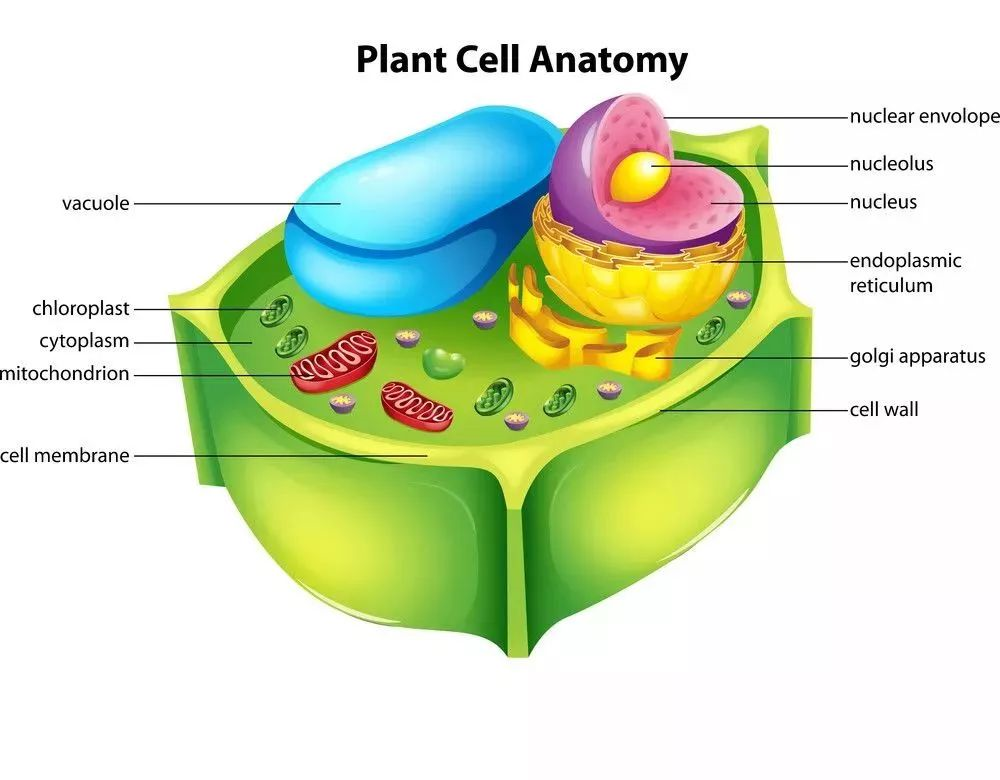 |
From a microbiologist's perspective, the most important things on earth are the ones you can't see. Microbes, organisms too small to be seen with the naked eye, are everywhere. Many times, if we think about them at all, we only think about the microbes that can cause human illnesses. In reality, those ill-causing pathogens make up only a tiny percentage of the diverse, beautiful microbial life on our planet. We will explore what these different kinds of microbes are like, how they live, and what they do. We will discuss their roles in human health and Earth's many ecosystems.
In this course, students will learn microbial life, genetic identification of microbes, how microbes manage the major biogeochemical cycles, the composition and function of the normal microbiome, how microbes participate in wastewater treatment, morphology, parasite, symbiont, commensal, mycology, 3 domains of life, the environments where Archaea can be found, the function of Archaea in extreme ecosystems, culture techniques for bacteria and viruses, viral life cycles, how a virus enters a cell, the malaria life cycle, how pathogens infect humans and cause illness, the Gram stain process and interpret Gram stain results, and five kinds of fungi, etc.
Astrophysics (G7-8)
|
This course will focus on the foundations of astrophysics. We will first ask how we can study things that are so far away from us. From telescopes high on mountains to up in orbit and probes throughout our solar system, we primarily rely on light to learn. From characteristics of light to how it is produced, once we establish how light leads the way, we will jump into light speed past our solar system. We will explore how stars are classified and how they are born, how they live, and how they die, from the mundane white dwarf to the explosive supernova, mysterious black hole, and ever puzzling neutron star. We will look at what is between stars and clusters of stars. We will look at the life cycle of a galaxy and participate in citizen science by helping current astrophysicists classify galaxies. Then we will ponder the evidence of the Big Bang and the evidence of how the universe might end. And through it all, we will ask "are we alone in this search?" Ending on how planets beyond our solar system are identified and what characteristics we deem necessary for supporting life.
Psychology: Practical Psychology (G7-8)
|
The understanding of human nature in thought, behavior, and emotion is important for every possible situation in which you may find yourself. This course will focus on the scientific study of the mind and behavior. Research in the field has progressed greatly over the past few decades and a lot of what we thought we knew about the subject has been shown to be incomplete or just wrong. Practical Psychology will use the latest research to help students learn about themselves and those around them.
While the field of Psychology includes many fascinating areas, this class will select those most likely to help students in their everyday lives and studies. We will start by looking at what it means to think like a psychologist, especially how research is conducted and judged. Next, we will look at how we create our own reality based on our senses, attention, and consciousness. The third phase will look at how we think and learn, including some useful study and memory techniques that can be applied to all subjects. Finally, we will explore social psychology, how we think about and affect other people and how they think about and affect us. Some guidelines for effectively interacting with others will serve as the practical outcome of this unit.
Psychology: Fascinating Psychology (G7-8)
|
Psychology is defined as the scientific study of behavior and mental processes. That definition captures the nature of the field, but not the variety of topics that are included. Certainly, there is a lot that we know about those areas, but it is still evolving as a relatively new and endlessly fascinating science. Advanced Topics in Psychology is designed for students with a serious interest in understanding themselves and those around them.
Introduction to Microeconomics (G8-9)
|
The purpose of a course in Microeconomics is to give students a thorough understanding of the principles of economics that apply to the functions of individual decision-makers, both consumers and producers, within the economic system. It places primary emphasis on the nature and functions of product markets and includes the study of factor markets and of the role of government in promoting greater efficiency and equity in the economy. Students who wish to study the business of virtually any kind will be required to take a semester of microeconomics and a semester of macroeconomics their freshman year in college. The College Board ("AP") offers two separate exams in economics: one in microeconomics and one in macroeconomics. The IB program also offers two college-credit earning exams in economics at two levels. Each exam is intended for qualified students who wish to complete studies in secondary school equivalent to a one-semester college introductory course. Each exam presumes at least one semester of college-level preparation. An introductory college course in microeconomics or in macroeconomics is generally one semester in length. In both subject areas, there is some variety among the courses offered by colleges. The aim of the AP or IB Economics courses is to provide the student with a learning experience equivalent to that obtained in a typical college introductory microeconomics or macroeconomics course. This course will help prepare students to succeed in Microeconomics in high school and beyond.
Introduction to Philosophy (G8-9)
|
Philosophy teaches students to how to pose meaningful questions, inspect and scrutinize their deeply held beliefs, and work out their own ideas with care and rigor Philosophy connects to all the other subjects: its fundamental questions apply to all disciplines and address the full range of human experience. In this course, students will look at the basics of philosophy and take a journey into the minds of such famous philosophers as Descartes, Aristotle, and Plato, just to name a few. They will also be introduced to the four pillars of philosophy: theoretical philosophy (metaphysics and epistemology), practical philosophy (ethics, social and political philosophy, aesthetics), logic, and history of philosophy.
High School Physics A (G8-9)
|
This course will focus on mechanics and waves, with a focus on energy and momentum throughout. Special topics include satellite motion, relativity, and sound. Topics will be taught at the high school level and will focus on conceptual development and critical reasoning, supplemented with algebra-level mathematics. The course format will follow as Explore, Develop, Apply. Each topic will begin with an exploration of a physical phenomenon to spark interest and for students to begin to develop questions. This will be followed by concept development where students will participate in lab work, course discussions, and building mathematical models. The final stage of the learning process is the application where students will be expected to use their new understanding to apply to new situations. This can be done through problem-solving or new laboratory experiences.
High School Physics B (G8-9)
|
This course will focus on electricity and magnetism and their interconnected relationship. Special topics include static electricity, basic circuits, advanced circuits, fields, quantum nature of magnets, electromagnetic induction, power generation, and electromagnetic waves. Topics will be taught at the high school level and will focus on conceptual development and critical reasoning, supplemented with algebra-level mathematics. The course format will follow as Explore, Develop, Apply. Each topic will begin with an exploration of a physical phenomenon to spark interest and for students to begin to develop questions. This will be followed by concept development where students will participate in lab work, course discussions, and building mathematical models. The final stage of the learning process is the application where students will be expected to use their new understanding to apply to new situations. This can be done through problem-solving or new laboratory experiences.
High School Biology (G8-9)
|
The High School Biology course will provide students with the foundational knowledge of the overarching themes in biology in a challenging honors-level biology curriculum. Students will investigate the structures, functions, and processes of living organisms and their interactions with the environment. The main themes explored within this course include the chemistry of life, cell biology, and processes, molecular genetics, inheritance of genetic traits, evolution, and ecology.
IGCSE History (G8-9)
|
This course will be taught so that it is possible to sit the three exam papers and attain an IGCSE qualification from the content of this class. We will study A core unit on the years 1919-2000 focusing on how World War 1 and the decisions at the end of World War 1 caused most of the issues the world had to face in the 20th Century from German and Japanese expansionist policies which caused World War 2, The Cold War between The United States and the U.S.S.R. and the impact of client states in the Middle East.
High School Chemistry (G9-10)
|
Chemistry is an experimental science that combines academic study with the acquisition of practical and investigation skills. It is often called the central science as chemical principles underpin both the physical environment in which we live and all biological systems. Apart from being a subject worthy of study in its own right, chemistry is often a prerequisite for many other courses in higher education, such as medicine, biological science, and environmental science. Students have opportunities to design investigations, collect data, develop manipulative skills, analyze results, collaborate with peers, and evaluate and communicate their findings.
Topics that will be covered in the course include Stoichiometric relationships of introduction to the particulate nature of matter and chemical change, the mole concept and reacting masses and volumes; Atomic structure of the nuclear atom, electron configuration; Periodicity of the periodic table, periodic trends; Chemical bonding and structure of ionic bonding and structure, covalent bonding and covalent structures, intermolecular forces and metallic bonding; Energetics/thermochemistry of measuring energy changes, Hess’s Law and bond enthalpies; and Chemical kinetics of collision theory and rates of reaction, etc.
High School Mathematics (G9-10)
|
This course is designed to recognize the need for analytical expertise in a world where innovation is increasingly dependent on a deep understanding of mathematics. The focus is on developing important mathematical concepts in a comprehensible, coherent, and rigorous way, achieved by a carefully balanced approach. Students are encouraged to apply their mathematical knowledge to solve abstract problems as well as those set in a variety of meaningful contexts.
This course will focus on introducing students to some basic algebraic concepts and applications; exploring the notion of functions as a unifying theme in mathematics, and applying functional methods to a variety of mathematics situations; learning the circular functions, trigonometric and solving triangles using trigonometry; applying vectors in two and three dimensions to solve problems involving points, lines and planes; gaining basic concepts: manipulation and presentation of statistical data, the laws of probability, random variables and their probability distributions; grasping the concepts of techniques of differential and integral calculus and their application.
Global Economy (G9-10)
|
At the heart of the economic theory is the problem of scarcity. While the world’s population has unlimited needs and wants, there are limited resources to satisfy these needs and wants. As a result of this scarcity, choices have to be made. Analysts usually use economic theories to examine the ways in which these choices are made at the level of producers and consumers in individual markets (microeconomics) at the level of the government and the national economy (macroeconomics) and at an international level where countries are becoming increasingly interdependent through international trade and the movement of labor and capital (the global economy).
Given the rapidly changing world, economic activity and its outcomes are constantly in flux. Therefore, students are encouraged to research current real-world issues. Through their own inquiry, it is expected that students will be able to appreciate both the values and limitations of economic models in explaining real-world economic behavior and outcomes. The two areas that this course will focus on are Microeconomics with topics of competitive markets: demand and supply, elasticity, government intervention, and market failure, and Macroeconomics with topics of economic activity, aggregate demand and aggregate supply, macroeconomic objectives, fiscal policy, monetary policy, supply-side policies.
Concepts in College Psychology (G9-10)
|
This course examines the interaction of biological, cognitive, and sociocultural influences on human behavior. Students undertaking the course can expect to develop an understanding of how psychological knowledge is generated, developed, and applied. This will allow them to have a greater understanding of themselves and appreciate the diversity of human behavior. The holistic approach reflected in the curriculum is an integrated way that ensures students are able to develop an understanding of what all humans share, as well as the immense diversity of influences on human behavior and mental processes.
World History (G9-10)
|
History is a dynamic, contested, evidence-based discipline that involves an exciting engagement with the past. History is an exploratory subject that fosters a sense of inquiry. It is also an interpretive discipline, allowing the opportunity for engagement with multiple perspectives and opinions. Studying history develops an understanding of the past, which leads to a deeper understanding of the nature of humans and of the world today.
This course is based on a comparative, multi-perspective approach to history and focused on key historical concepts such as change, causation, and significance. It involves the study of a variety of types of history, including political, economic, social, and cultural, encouraging students to think historically and to develop historical and critical thinking skills. This course requires students to study and compare examples from different regions of the world, helping to foster international-mindedness. Topics that will be covered in this course include military leaders, conquest and its impact, the move to global war, rights and protest and conflict and intervention, etc.

